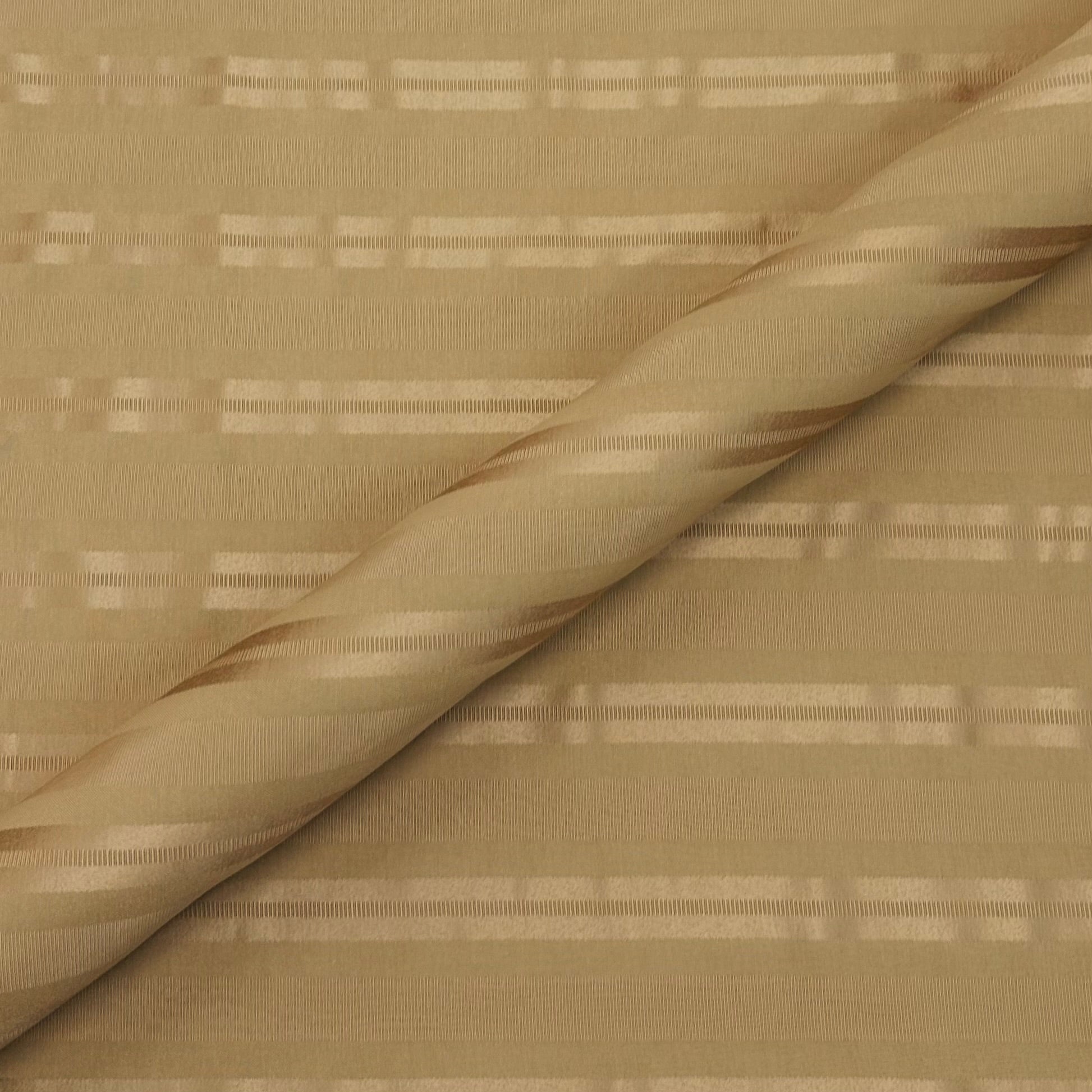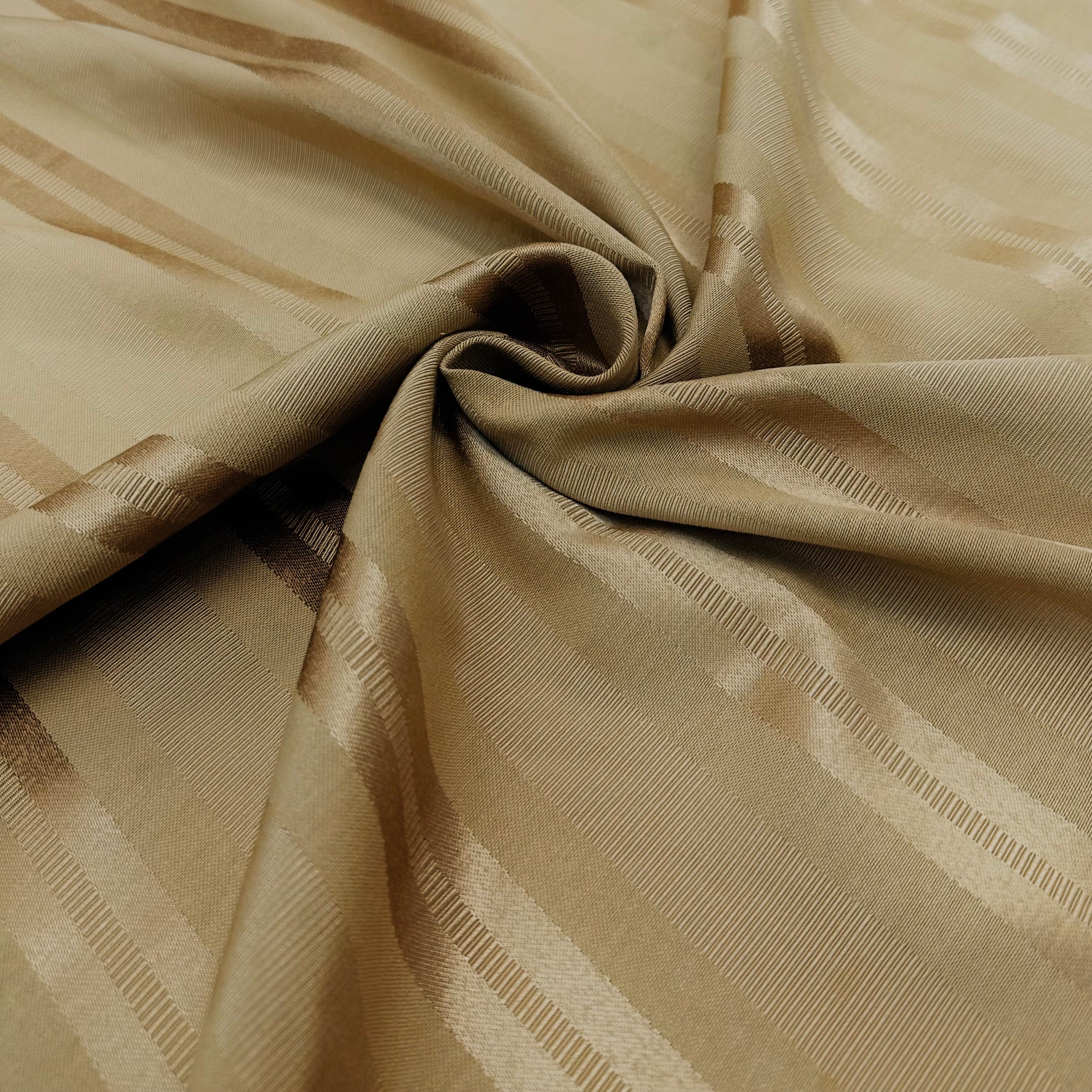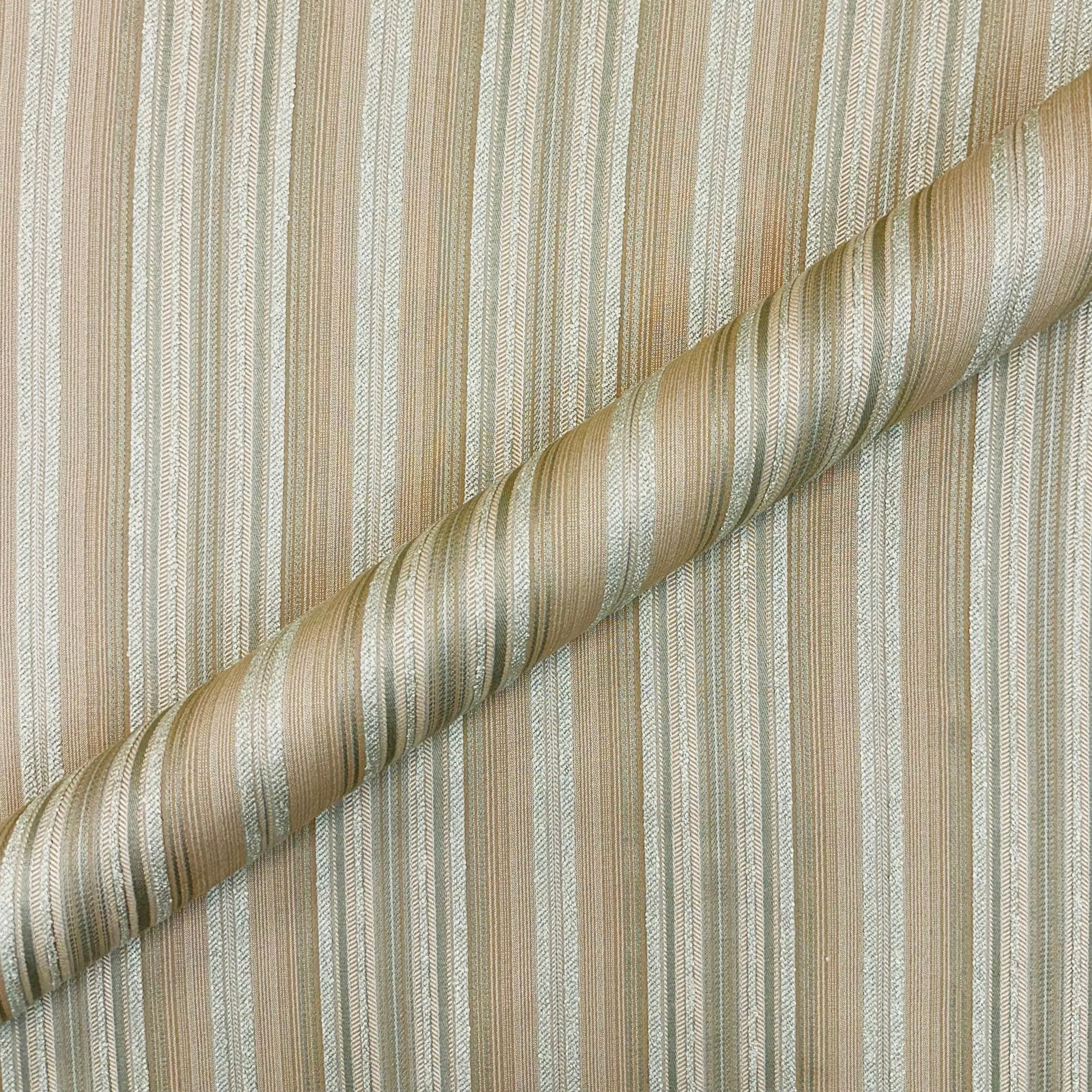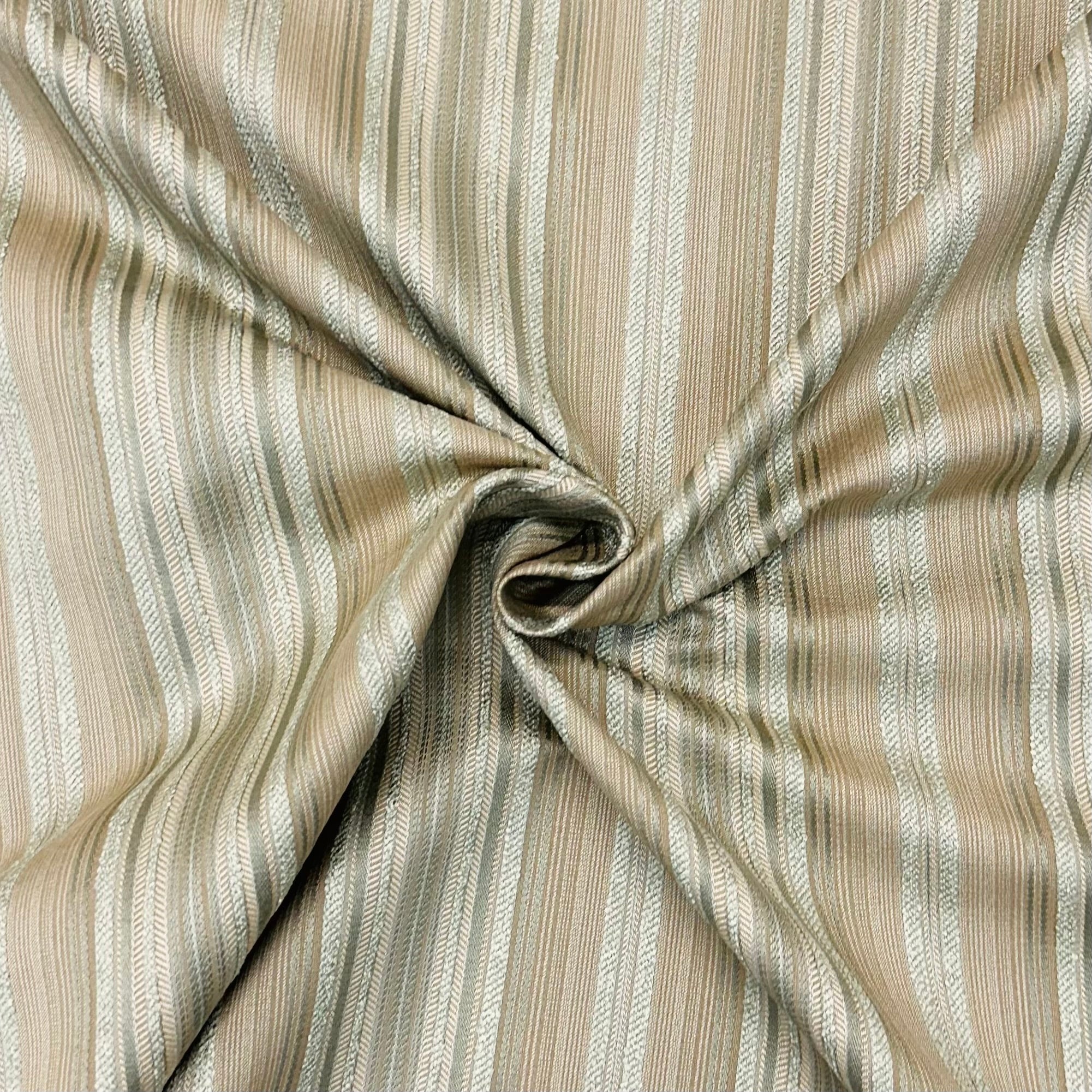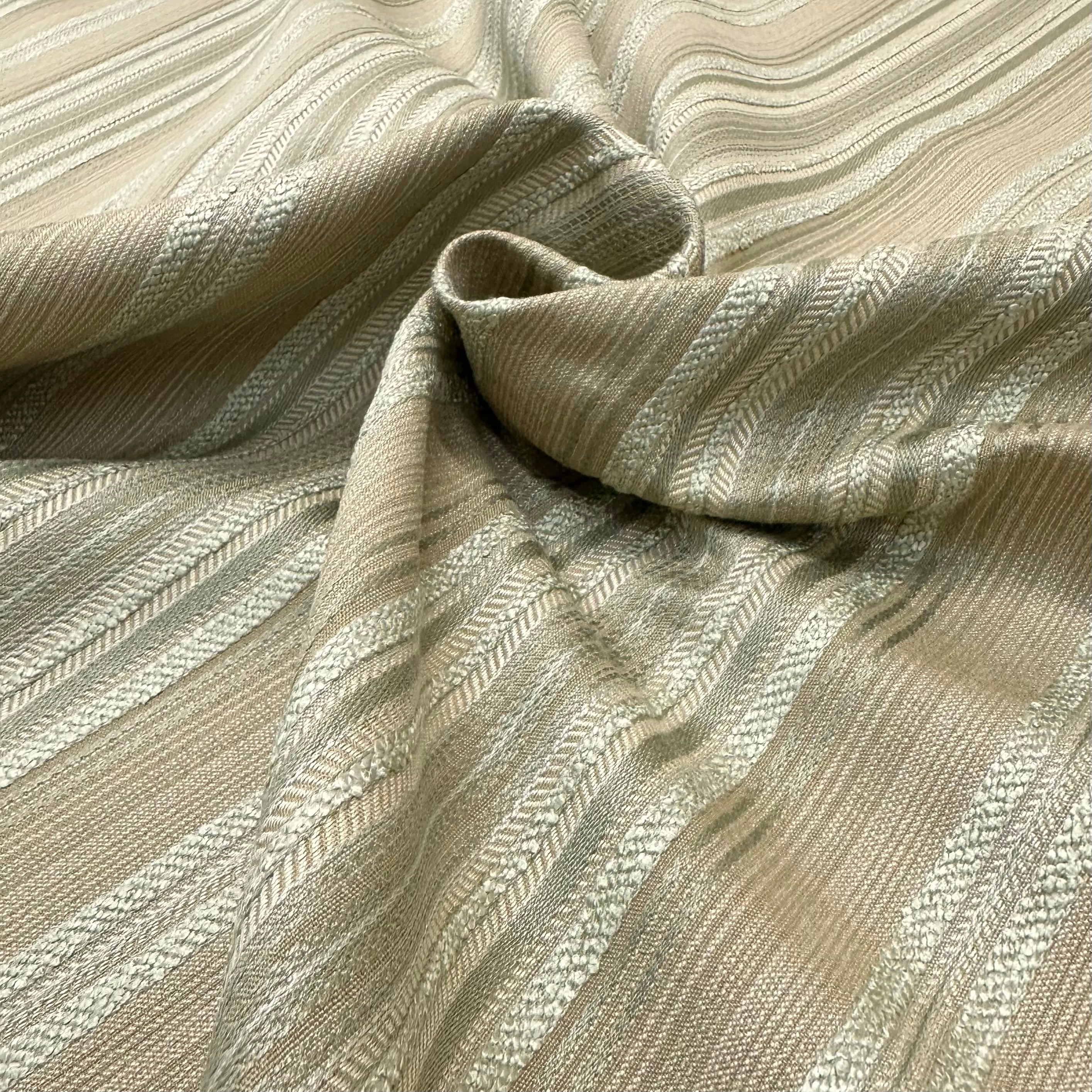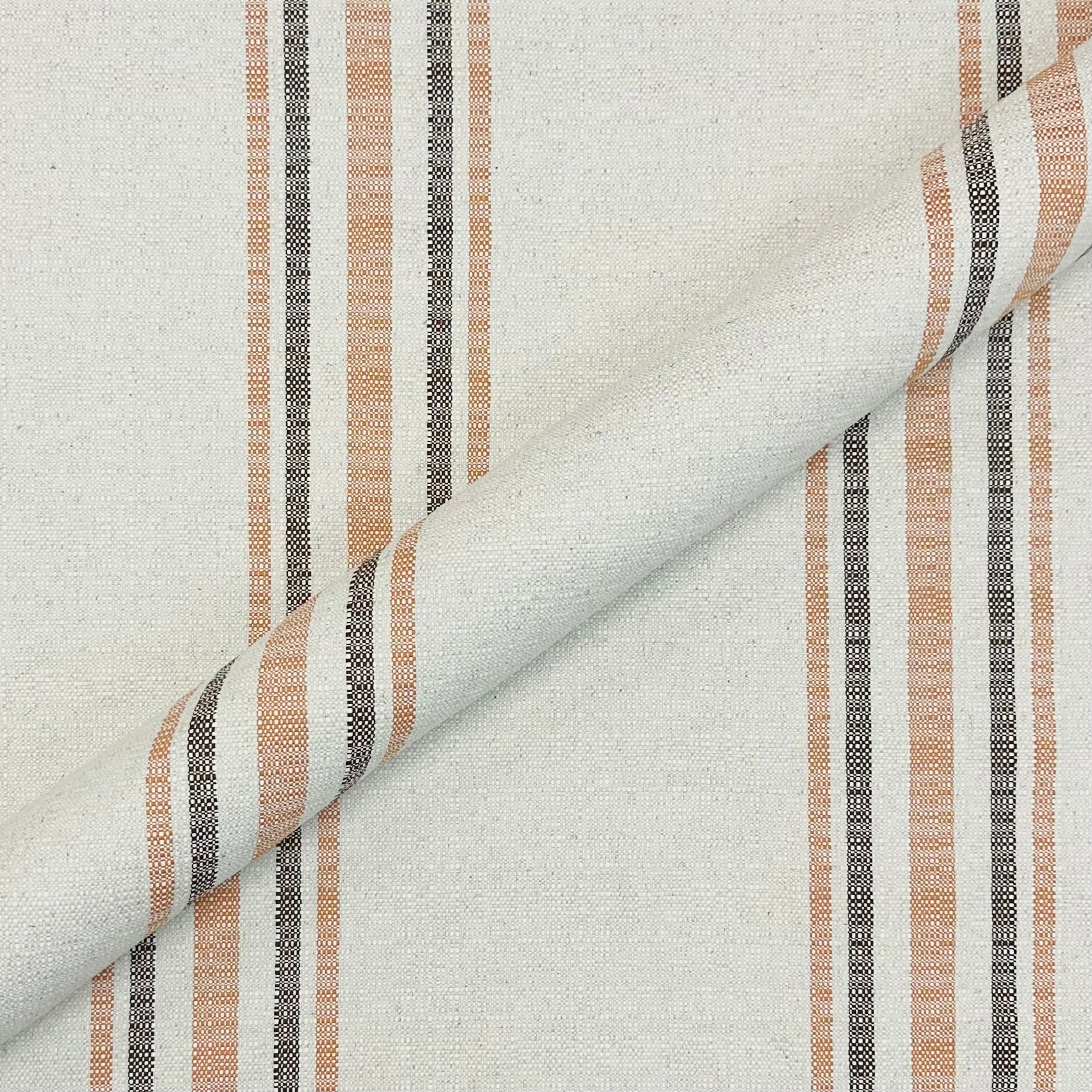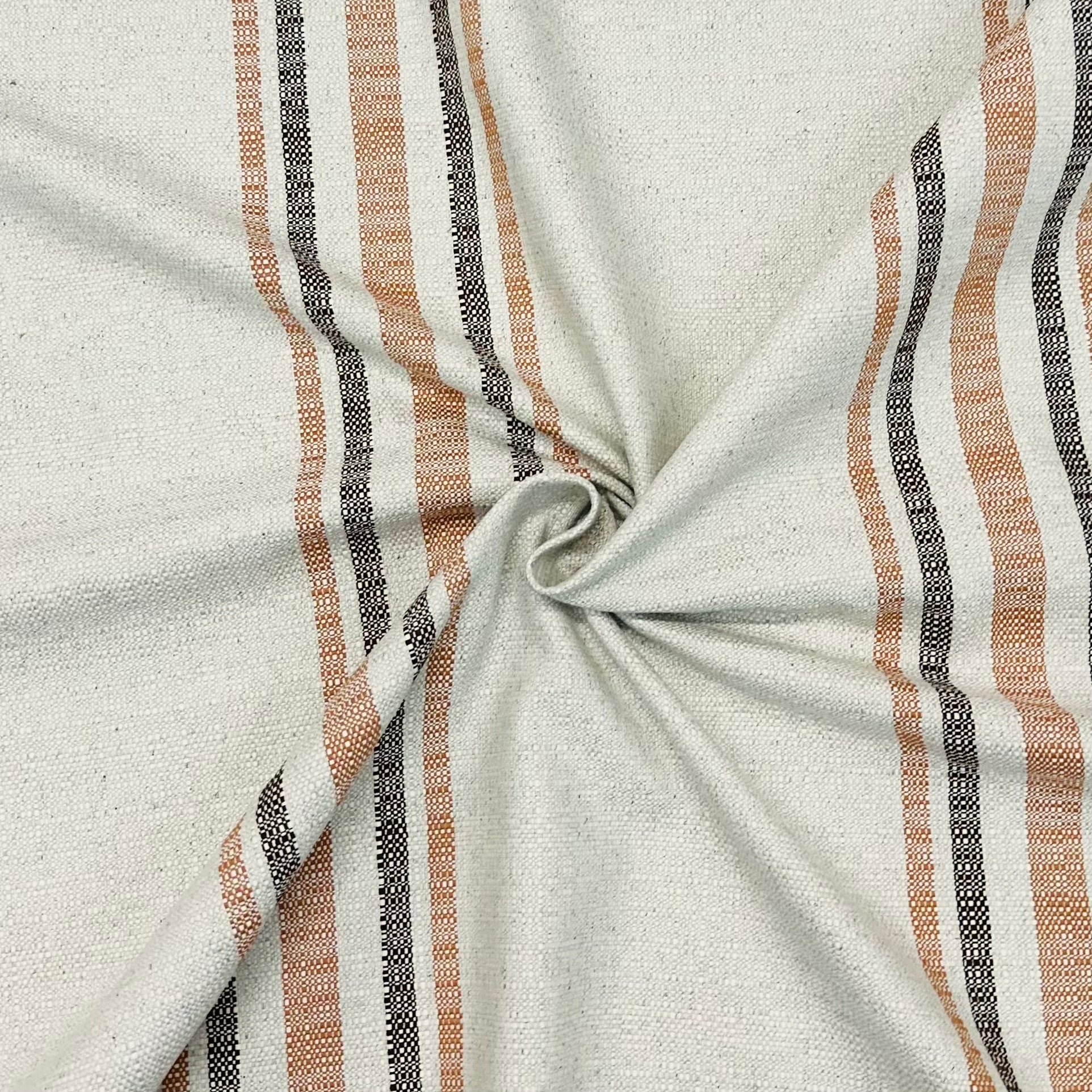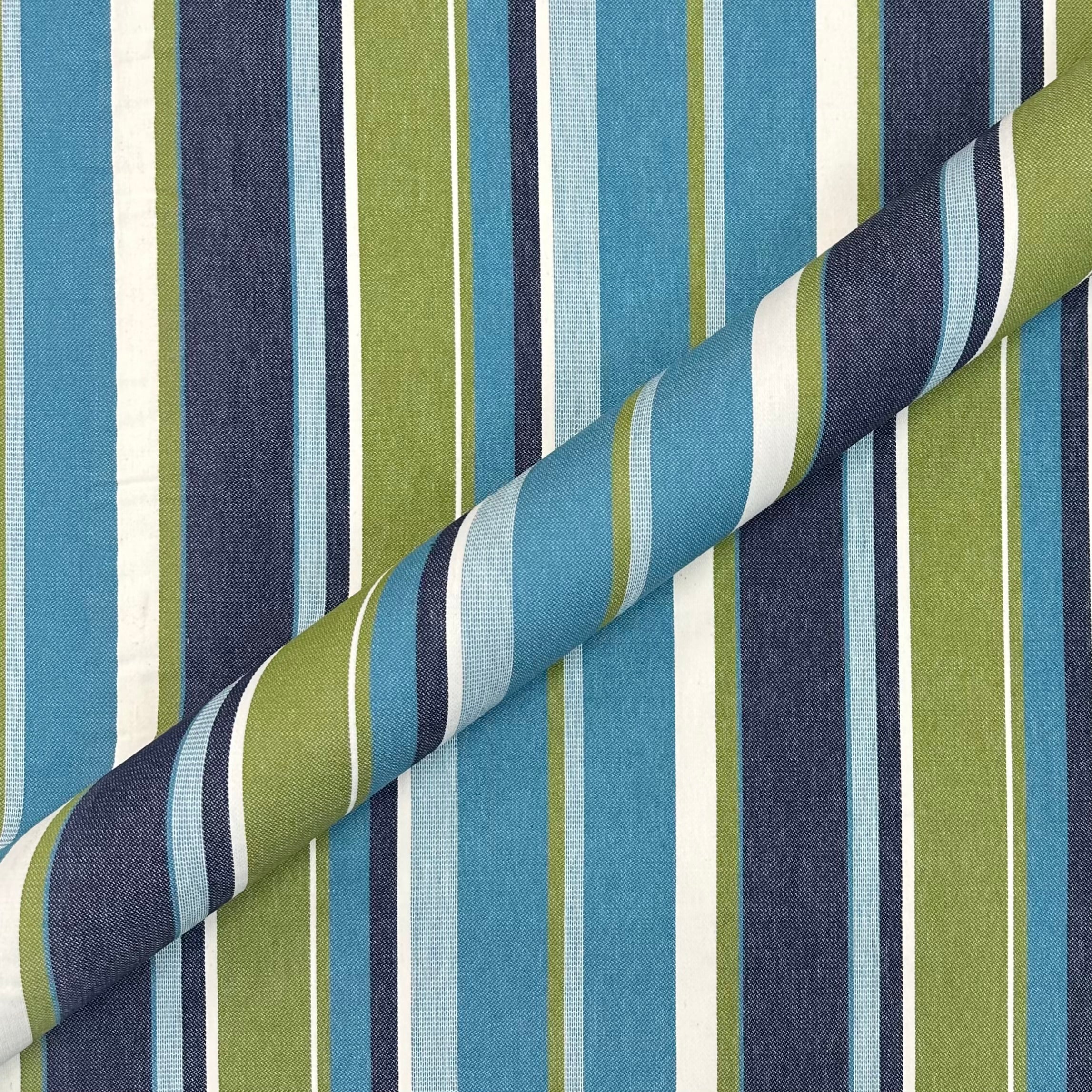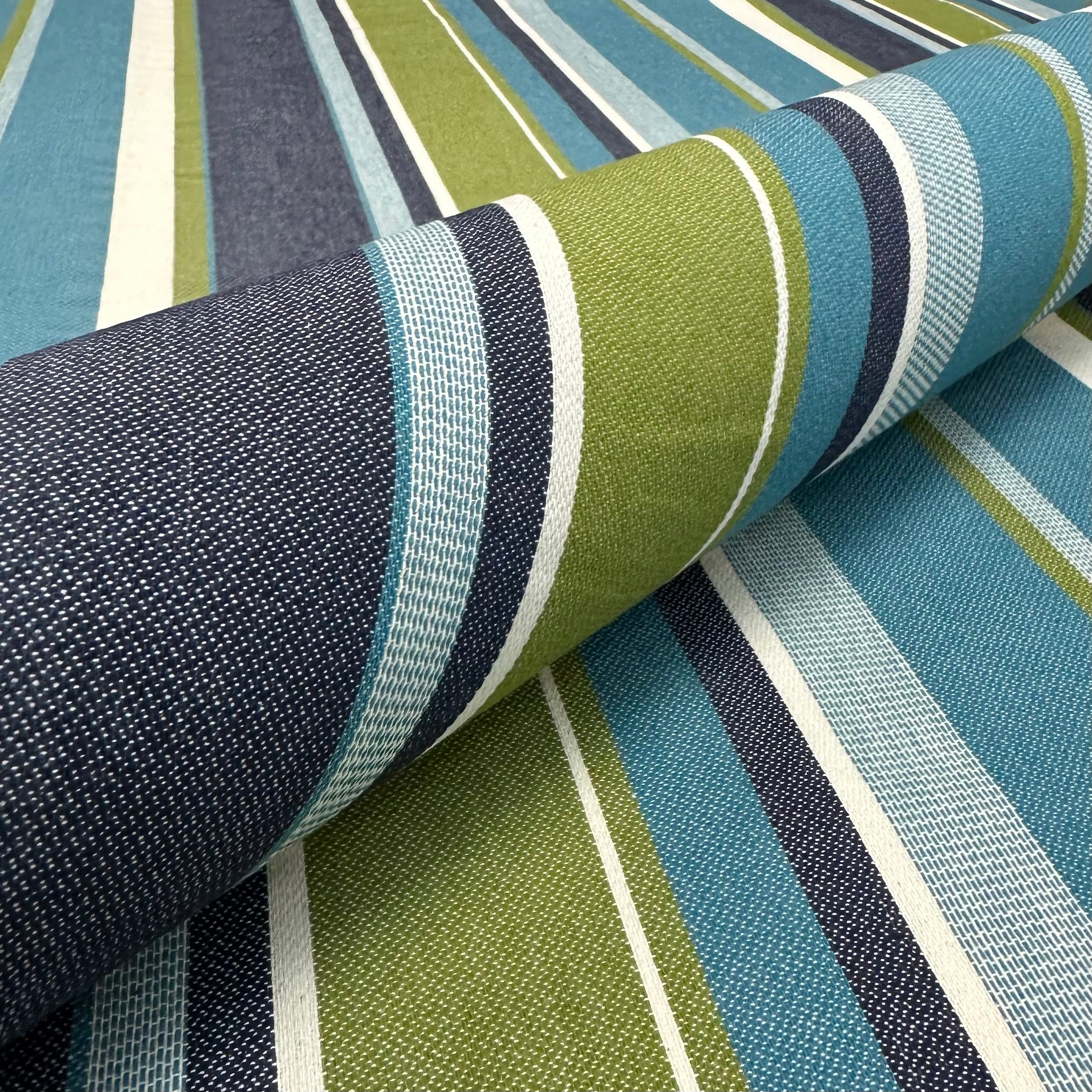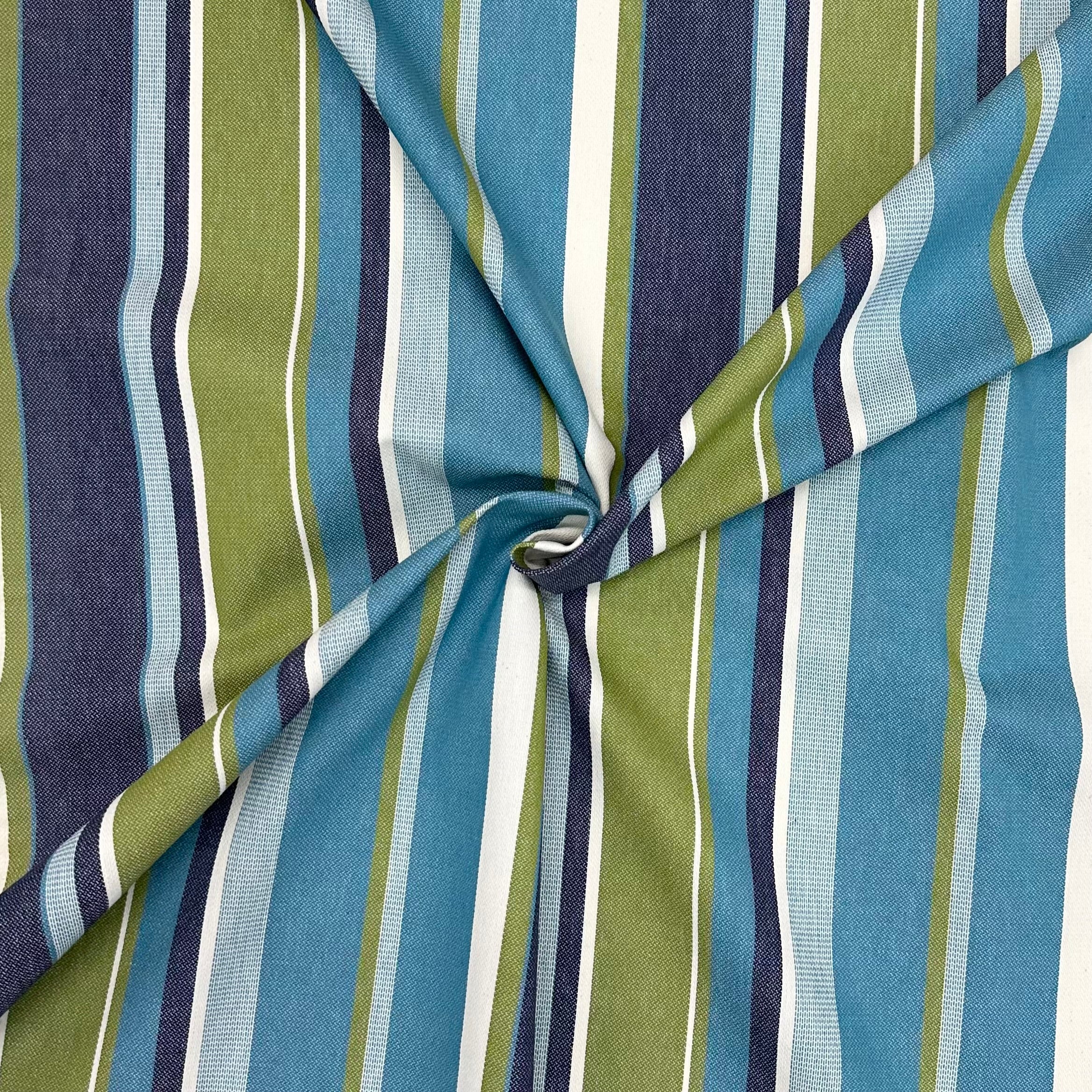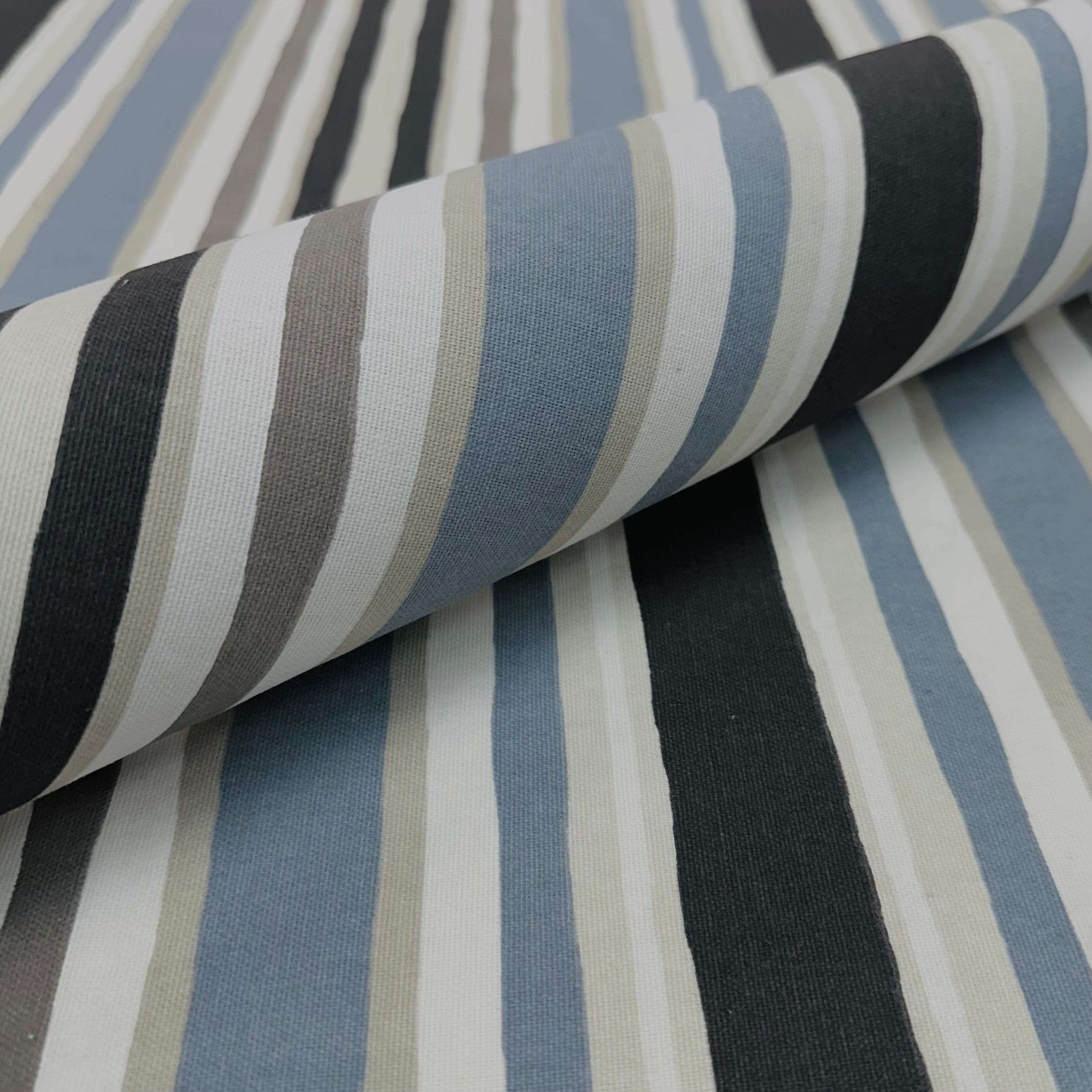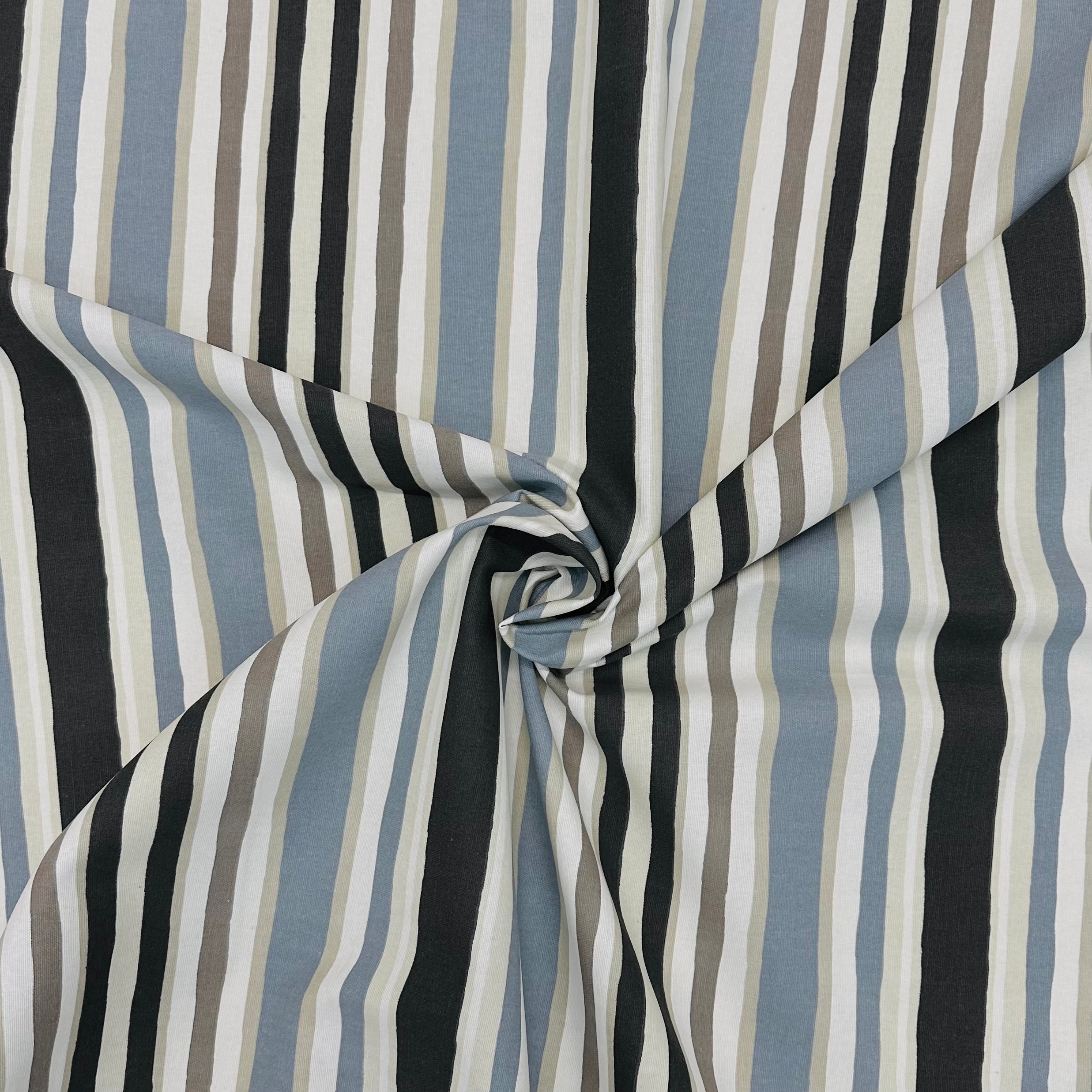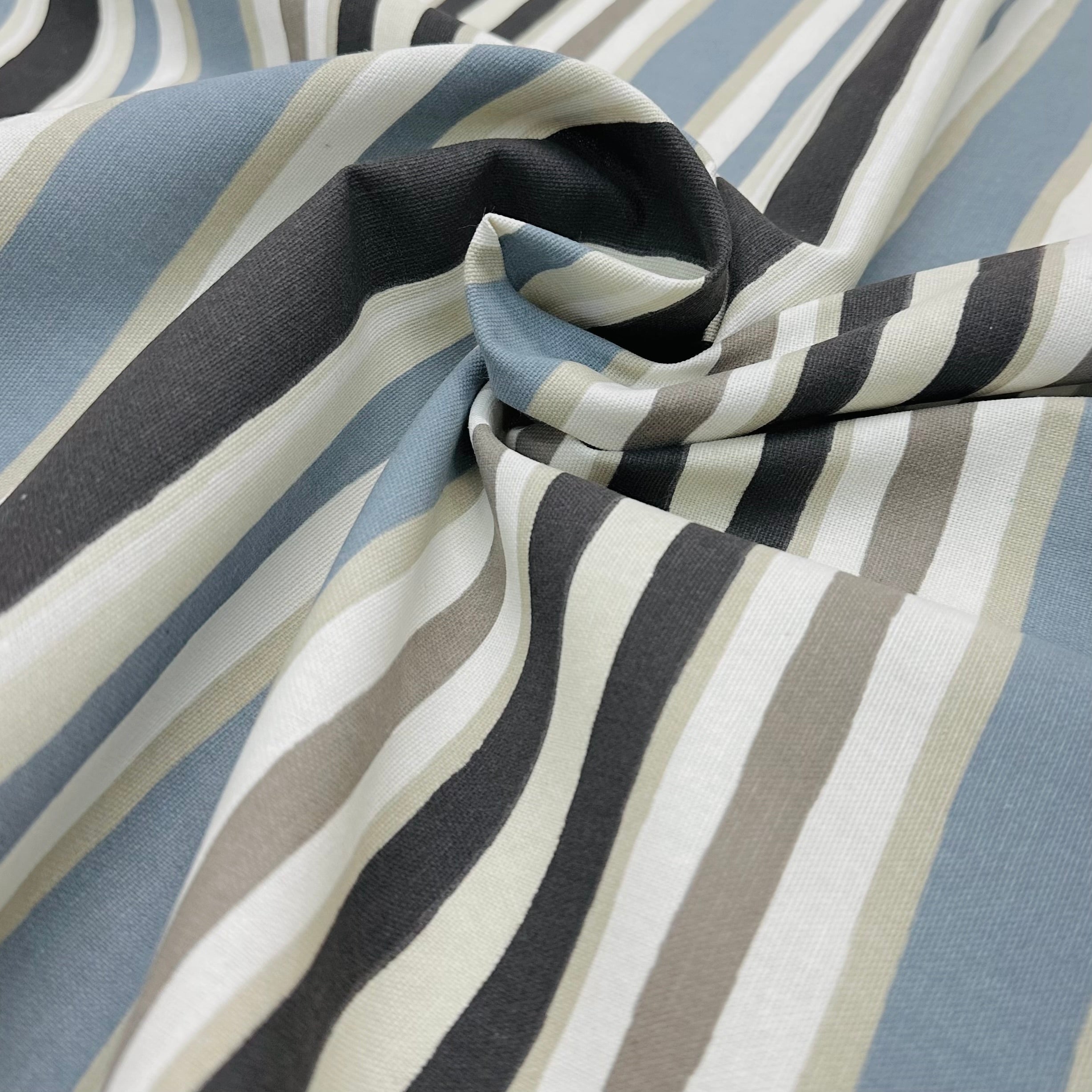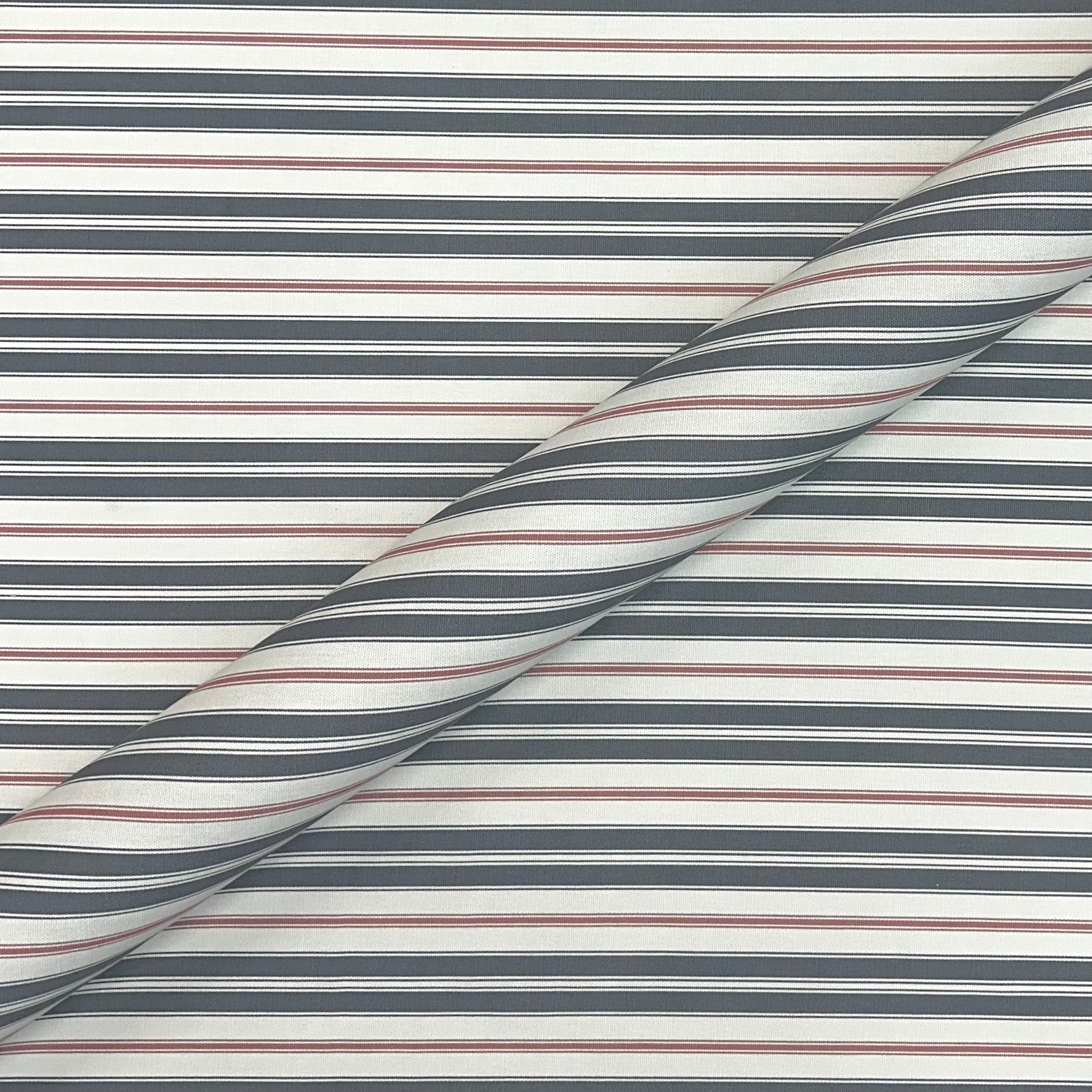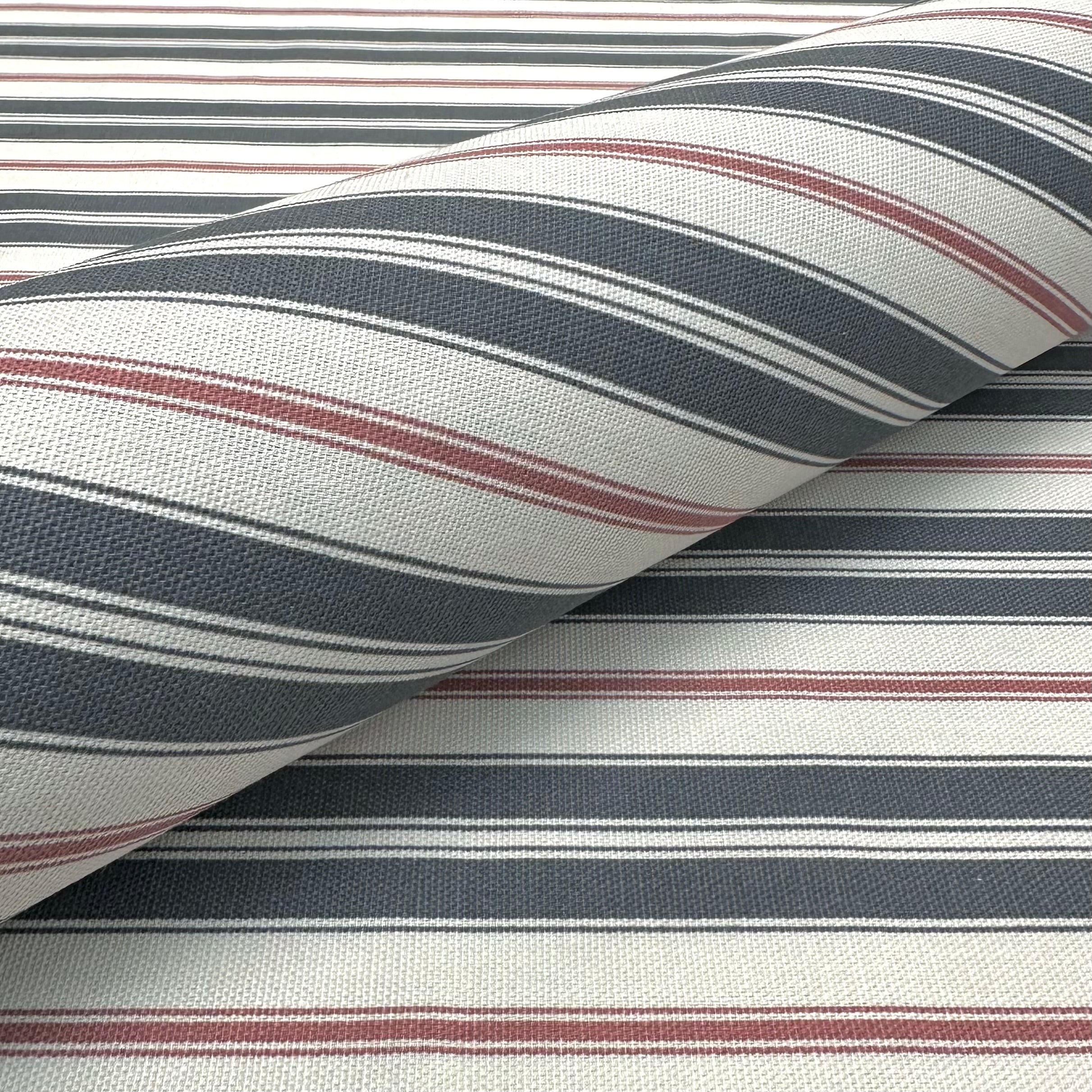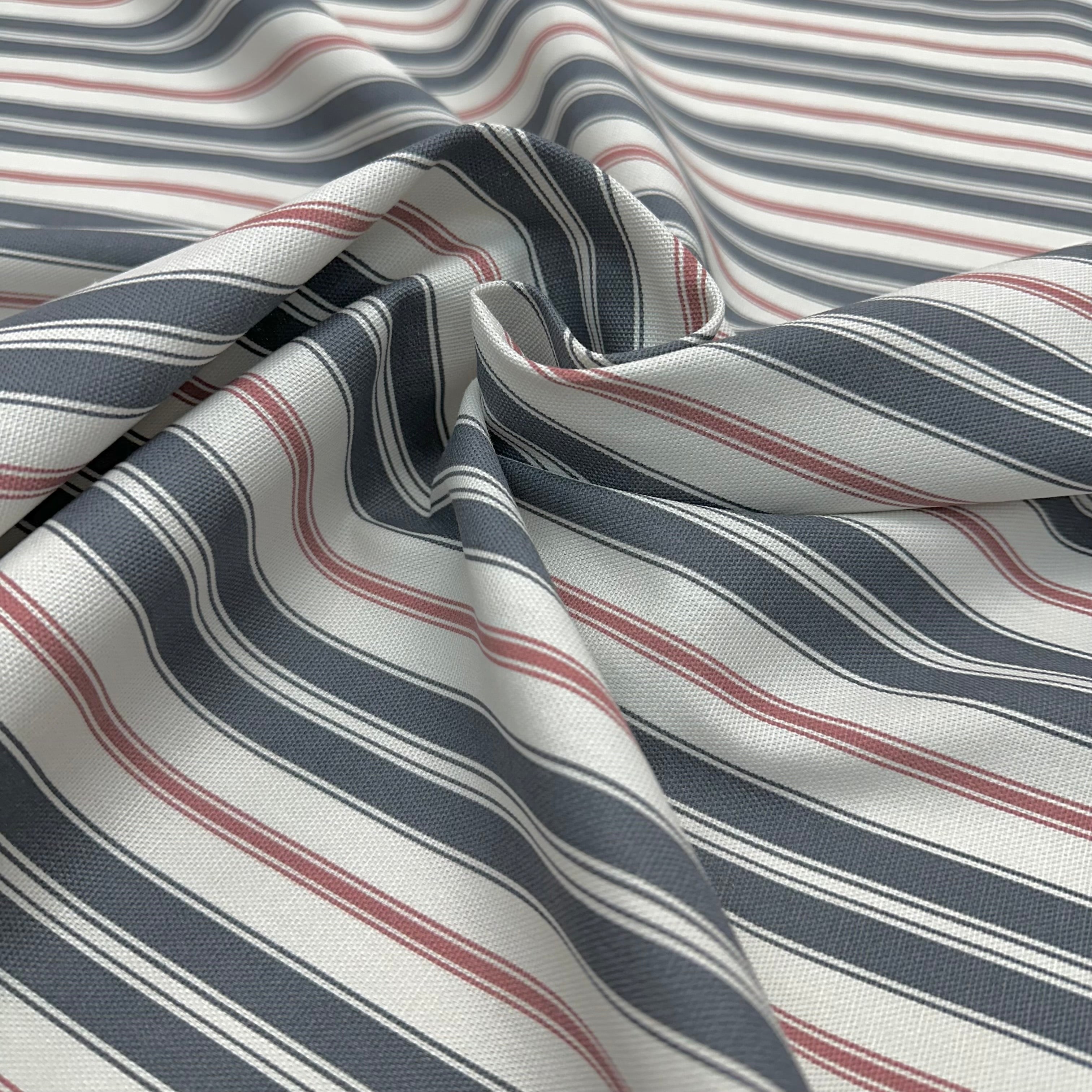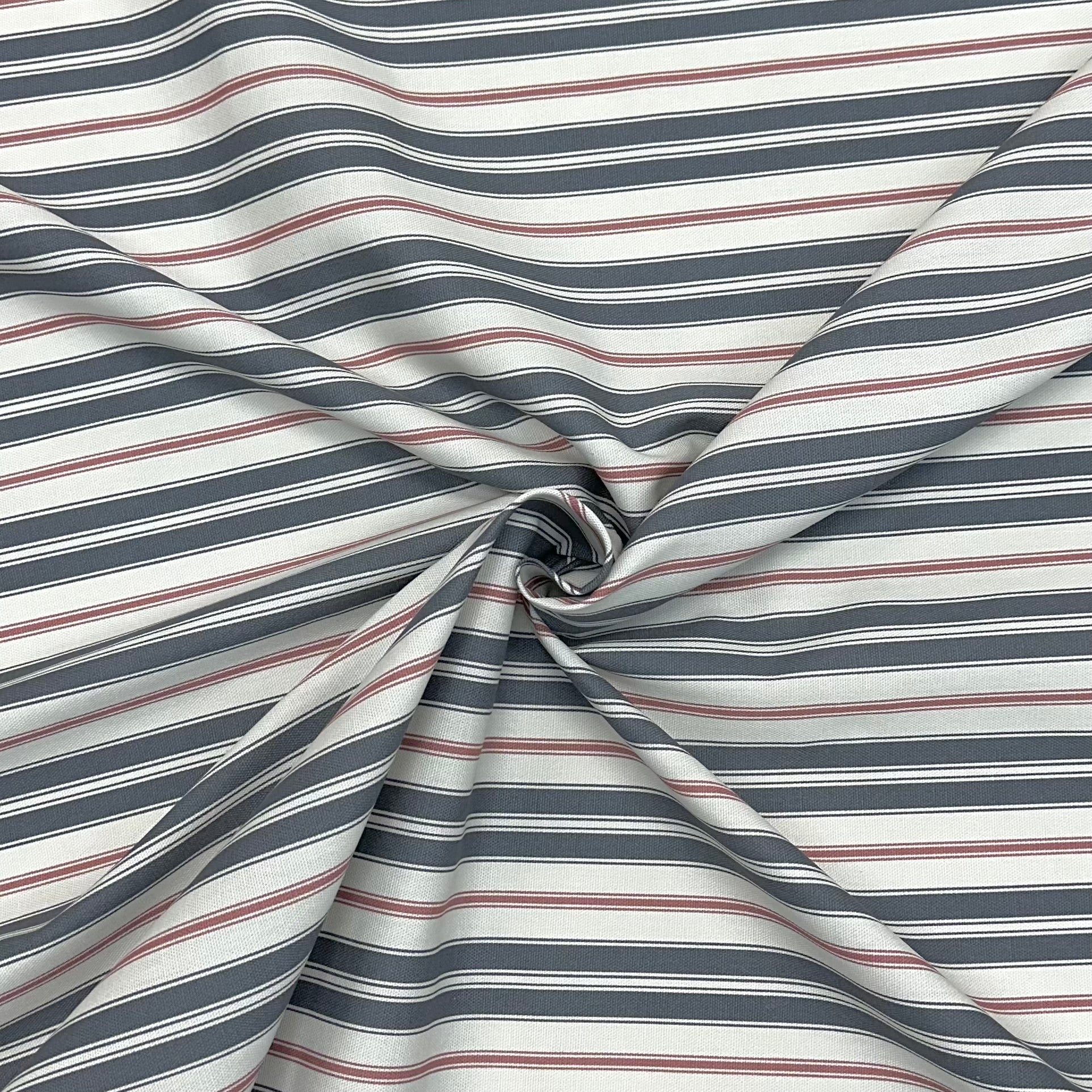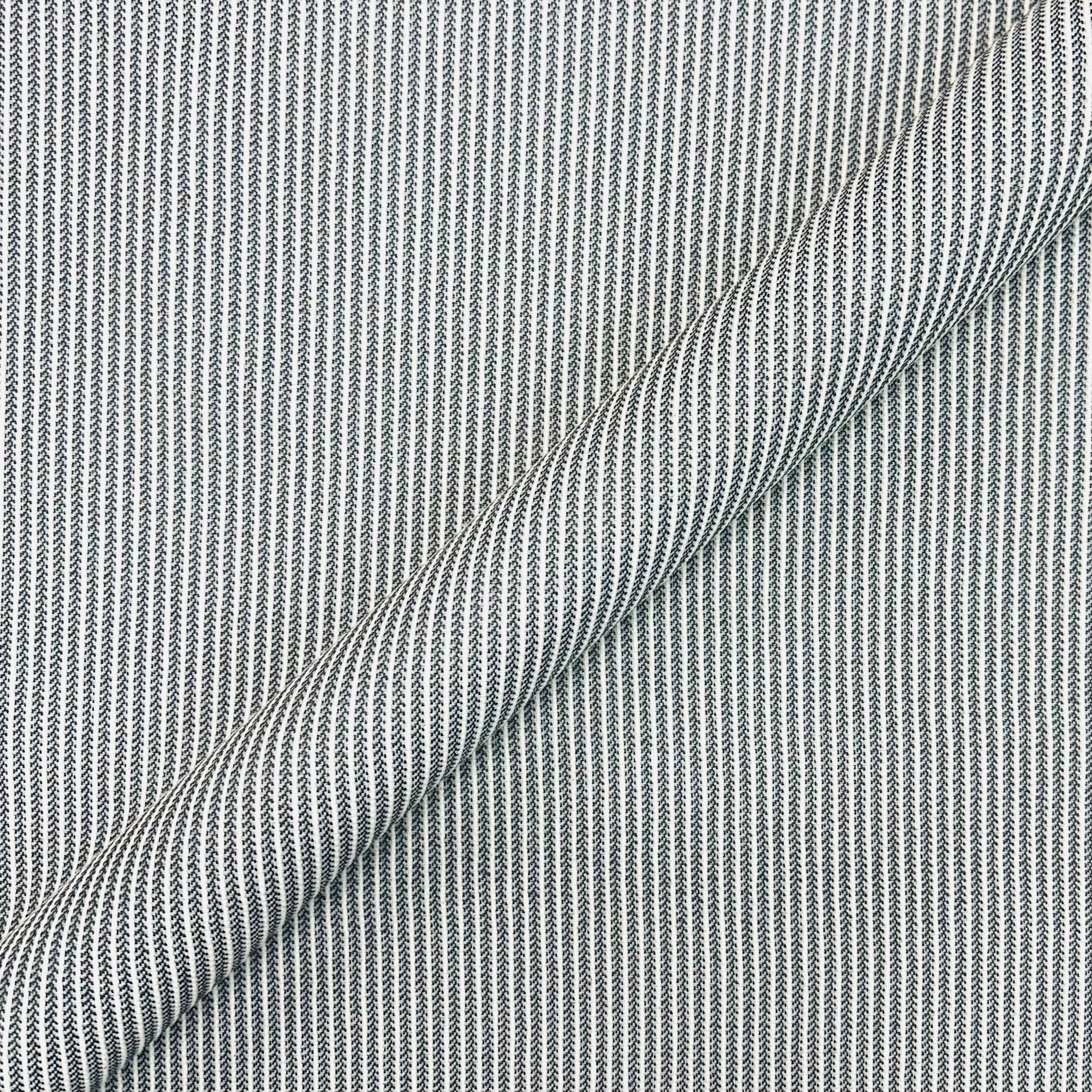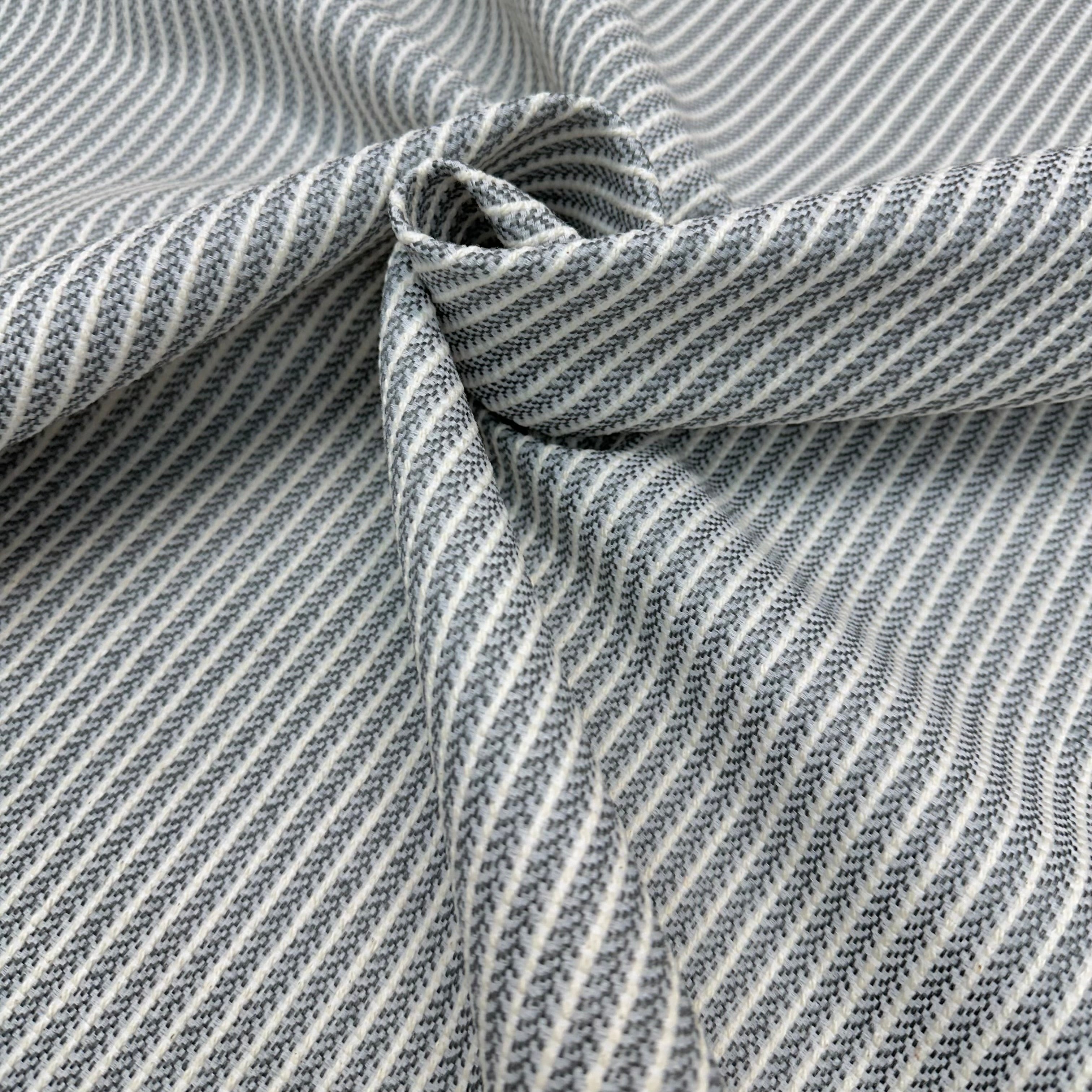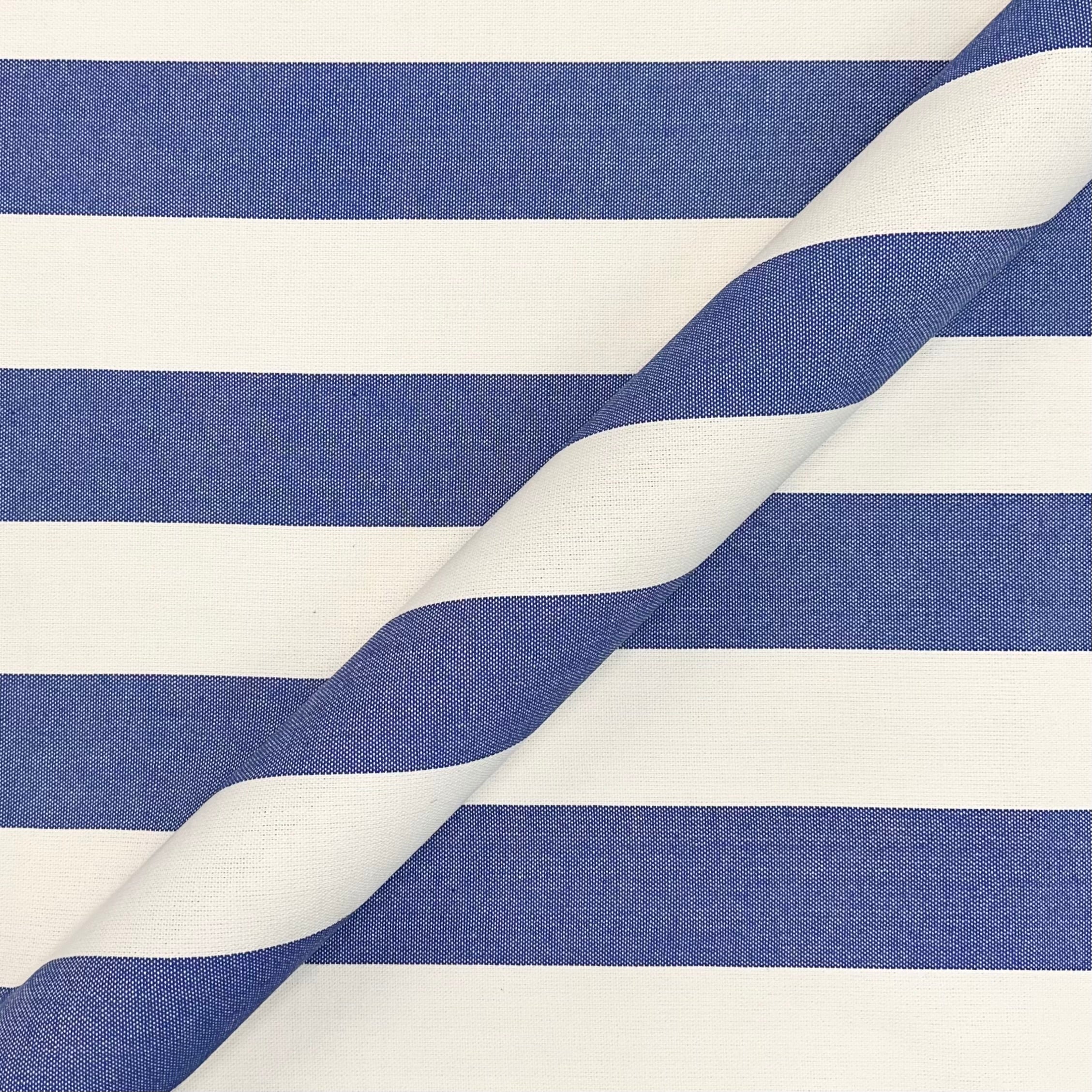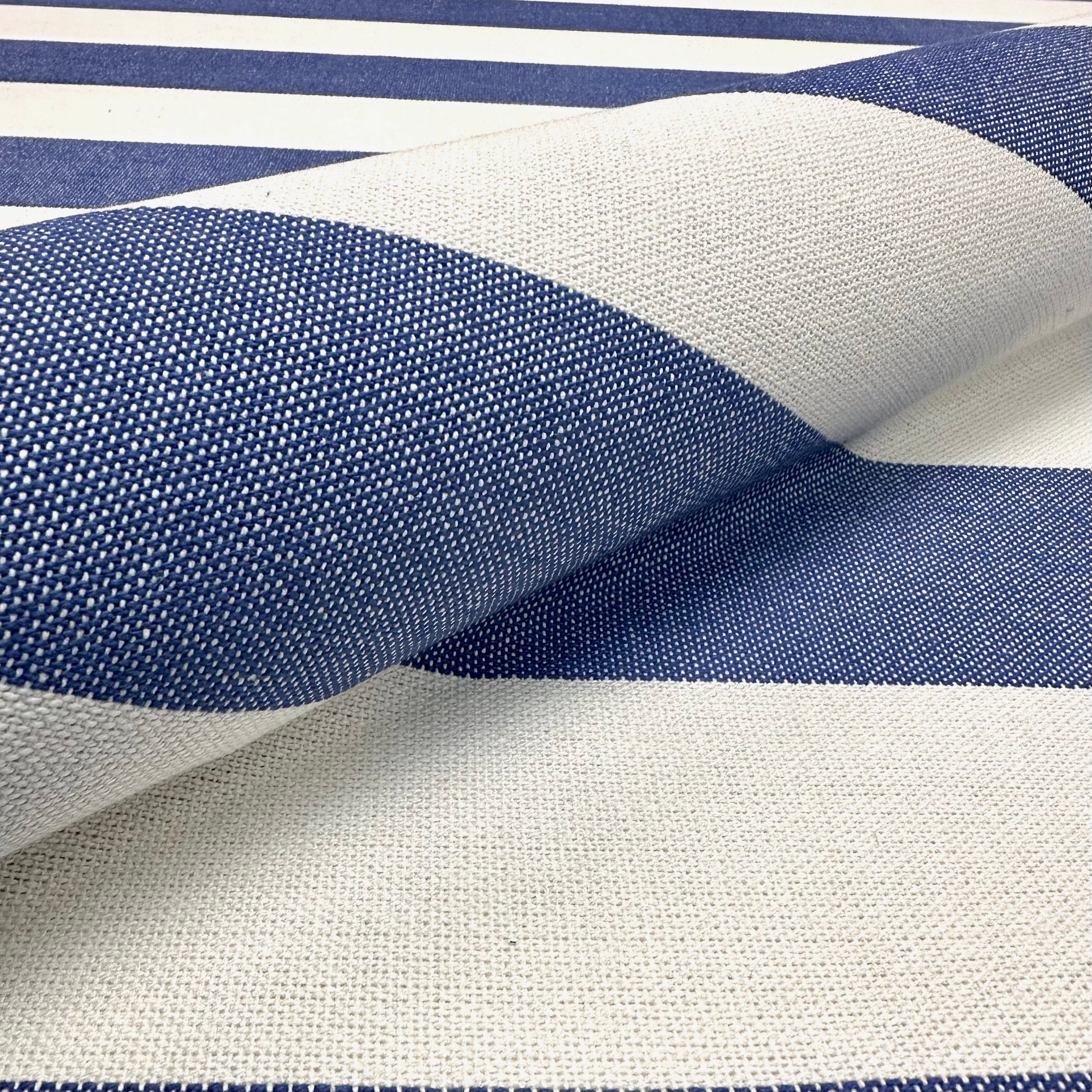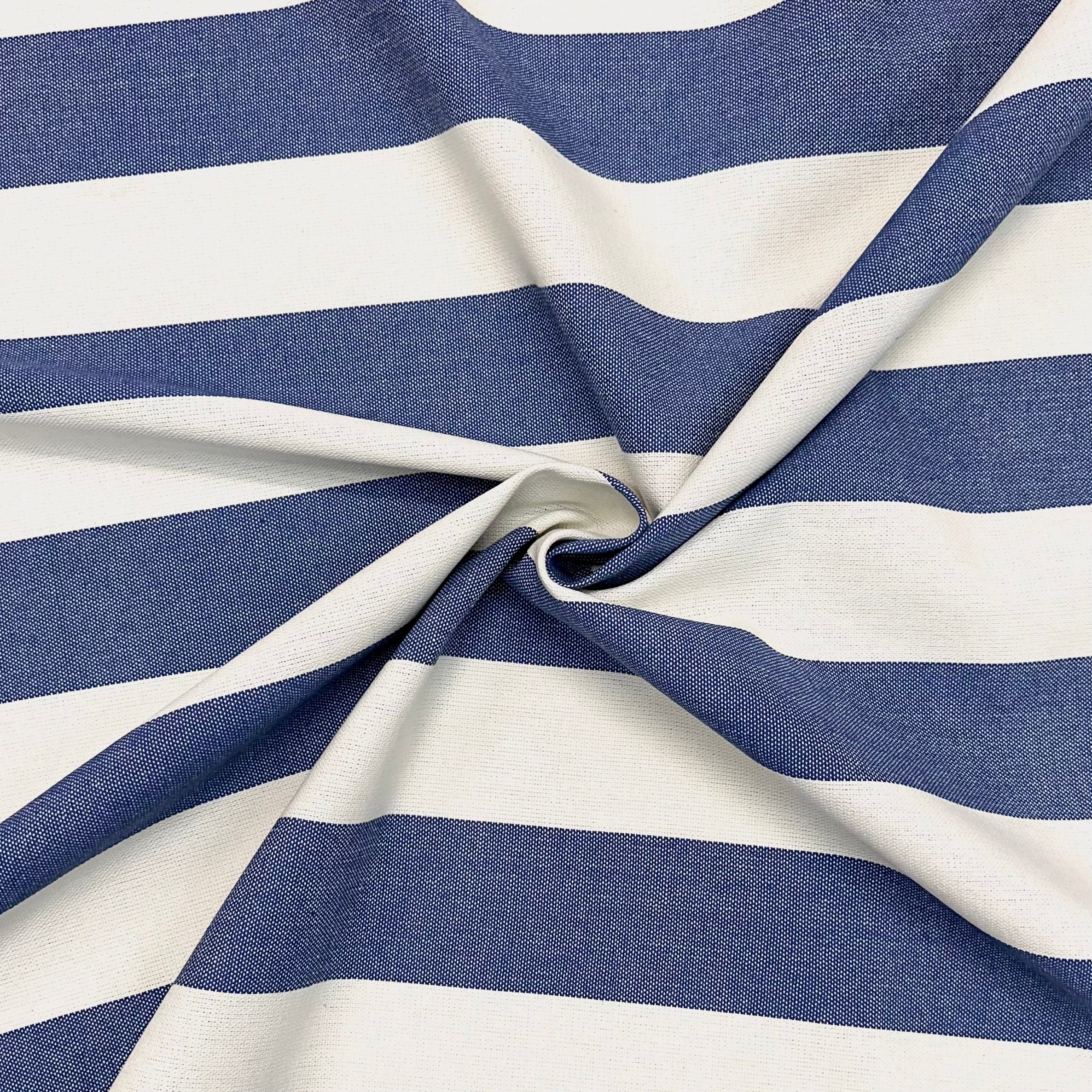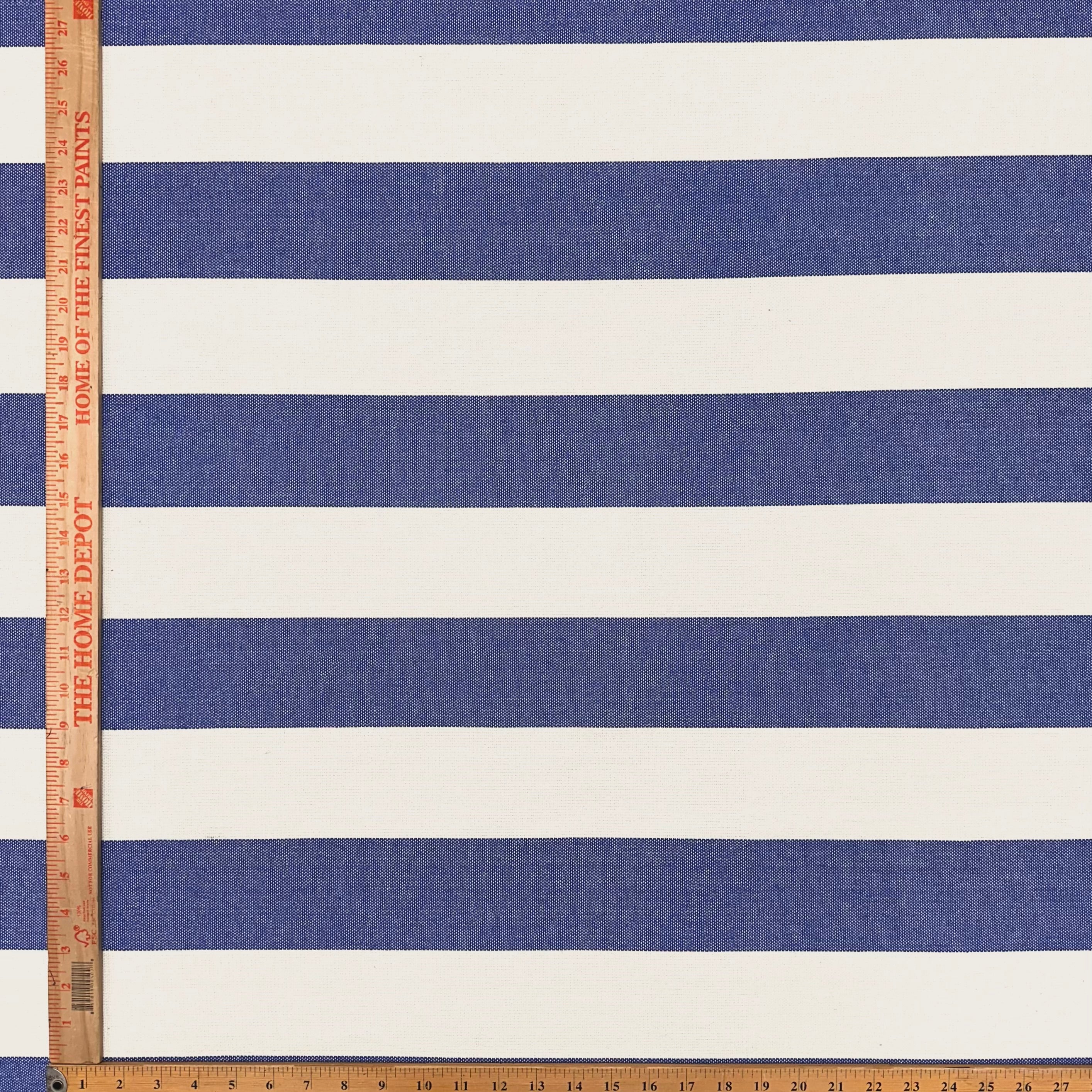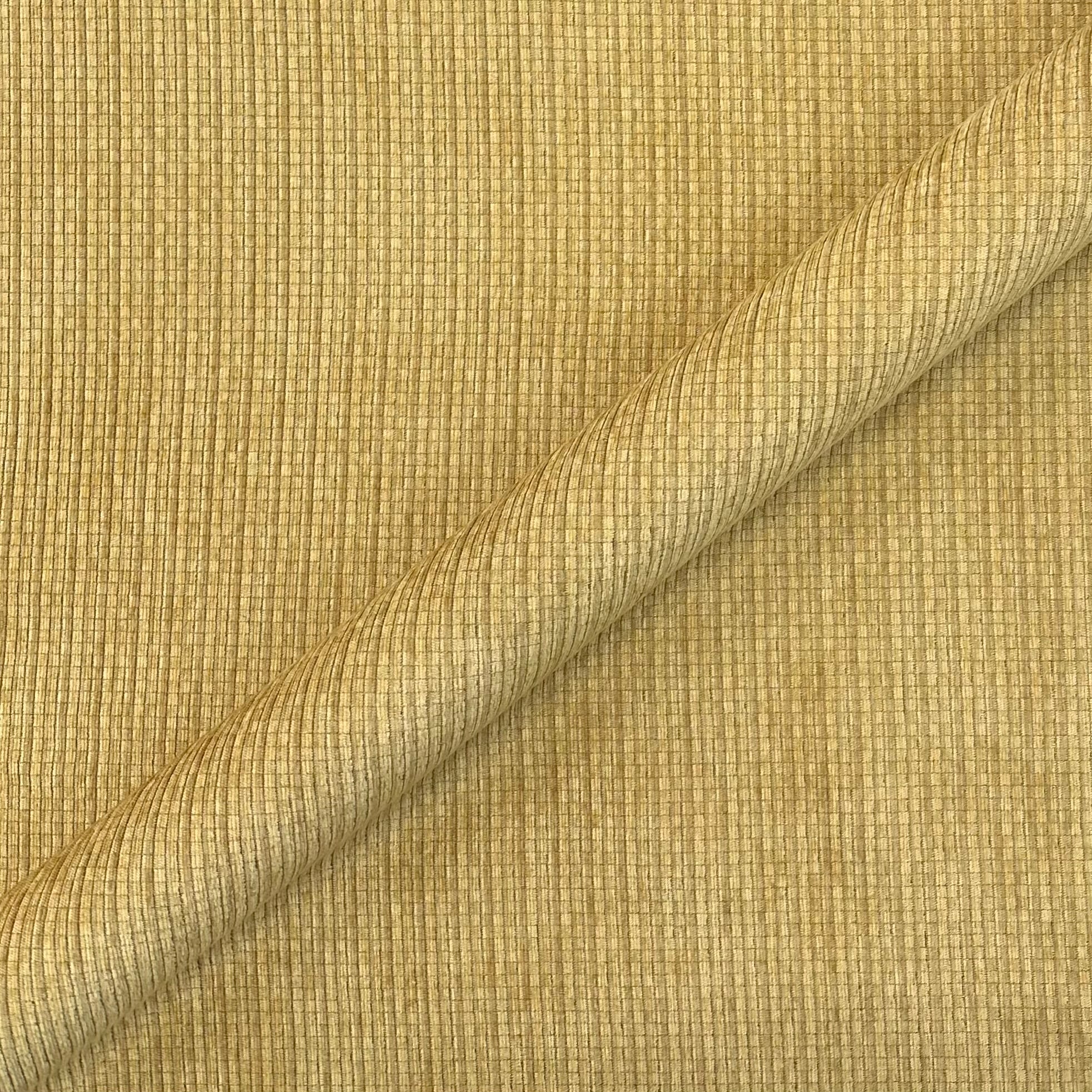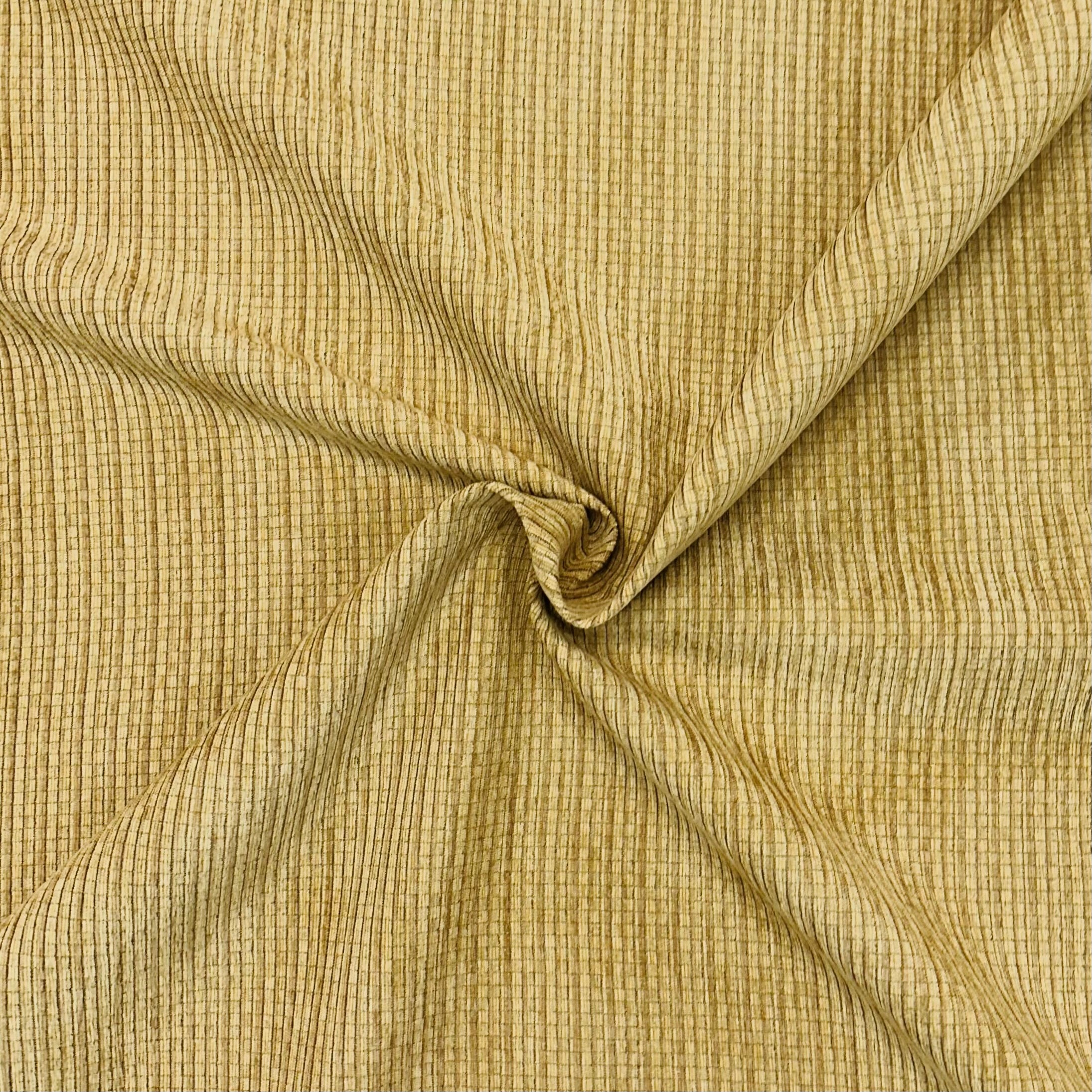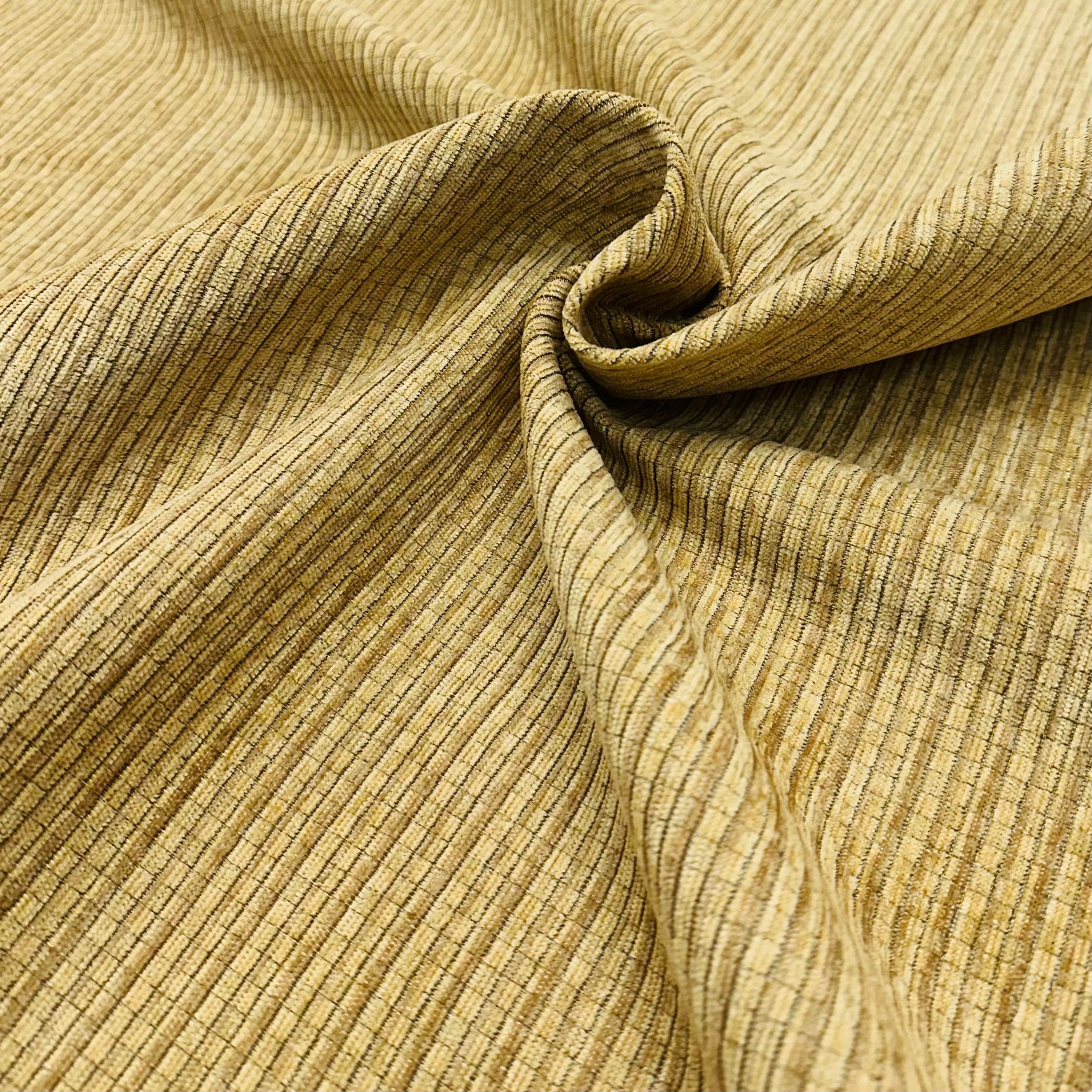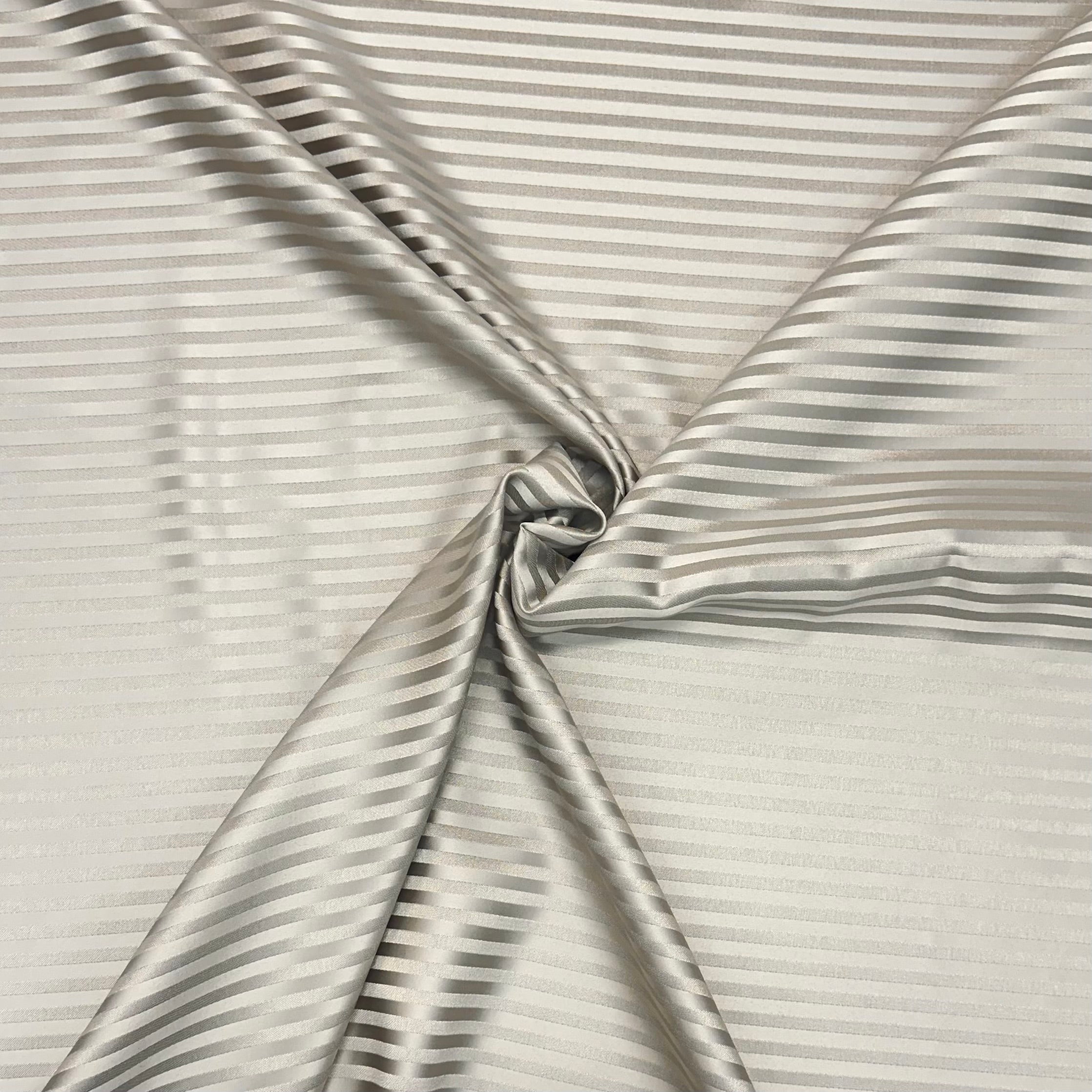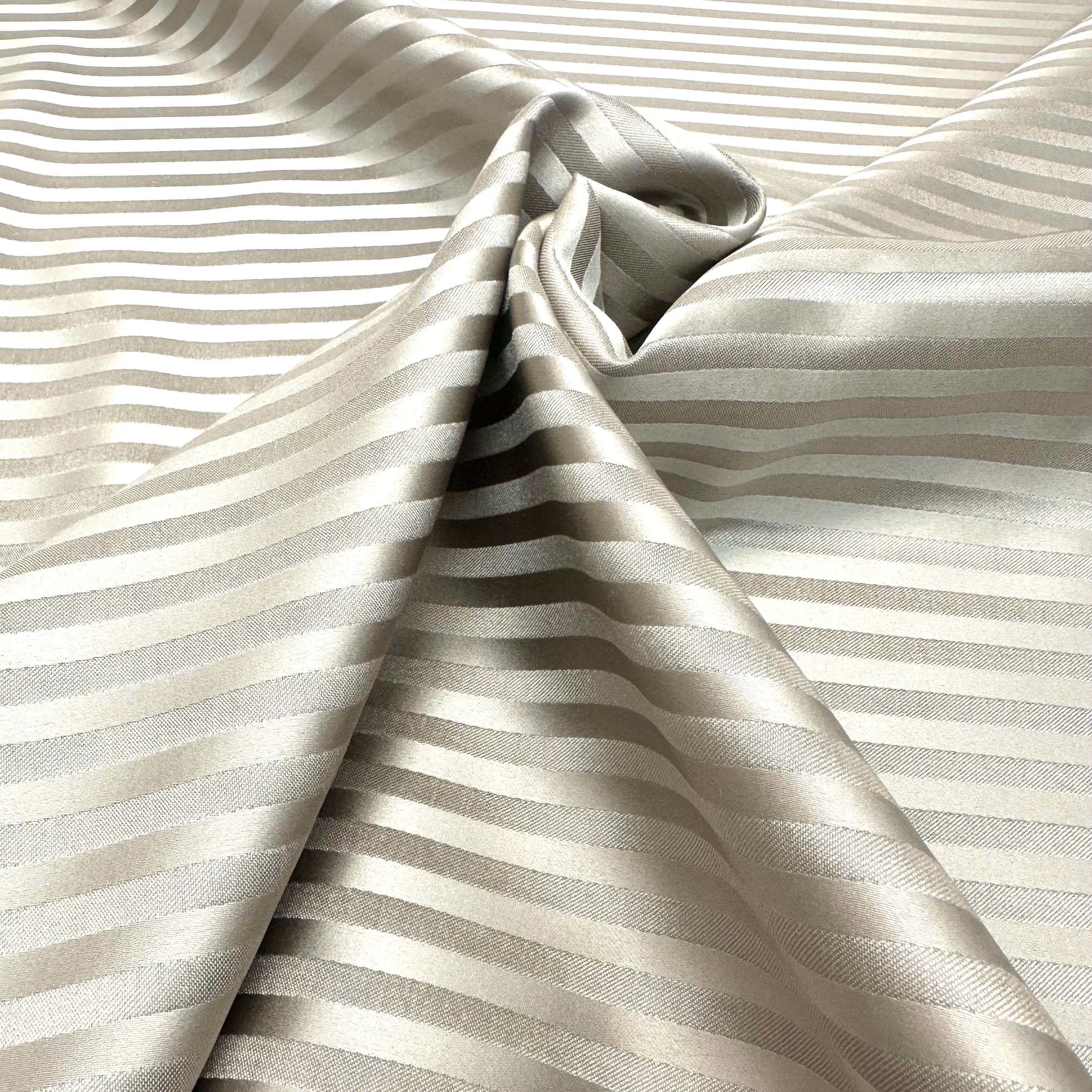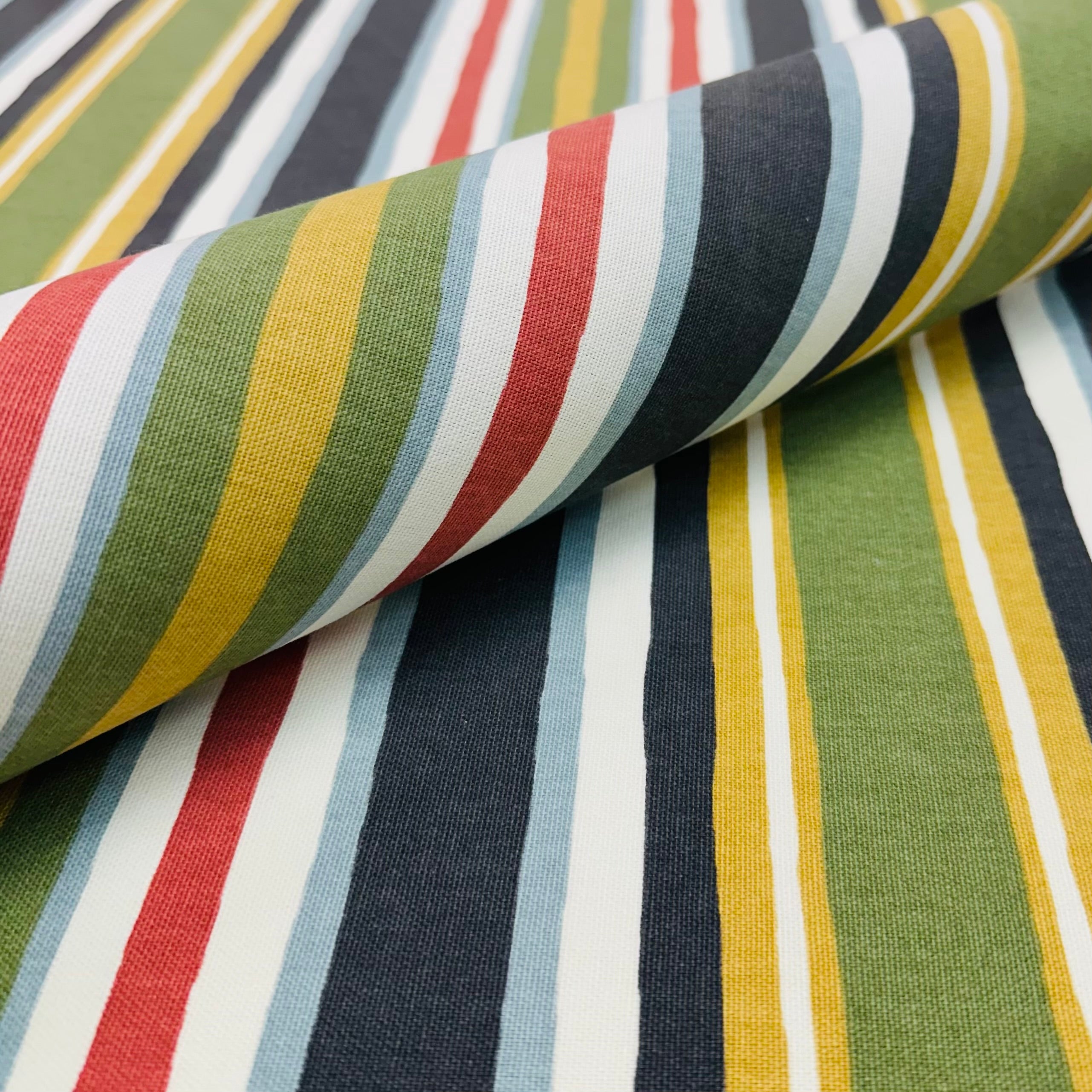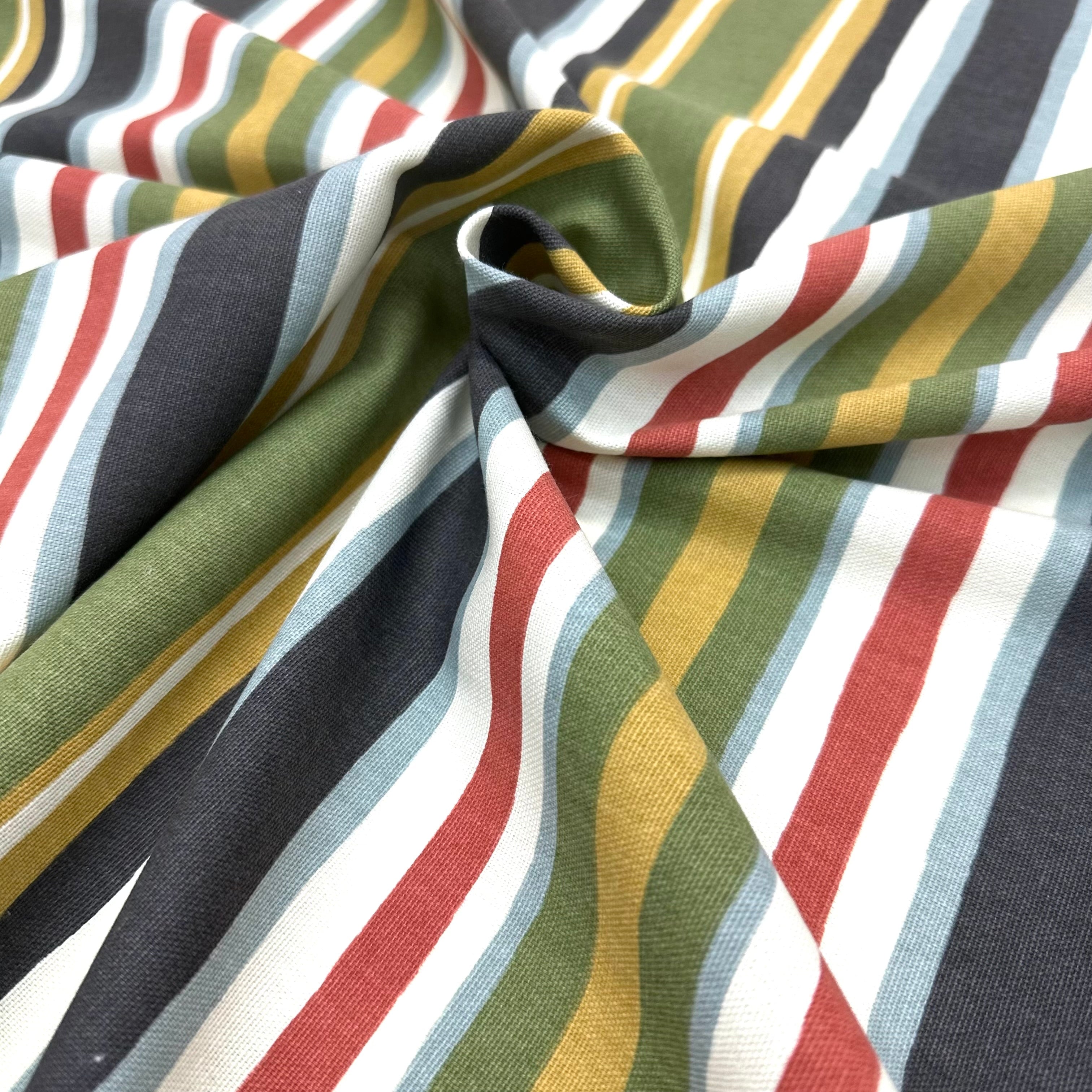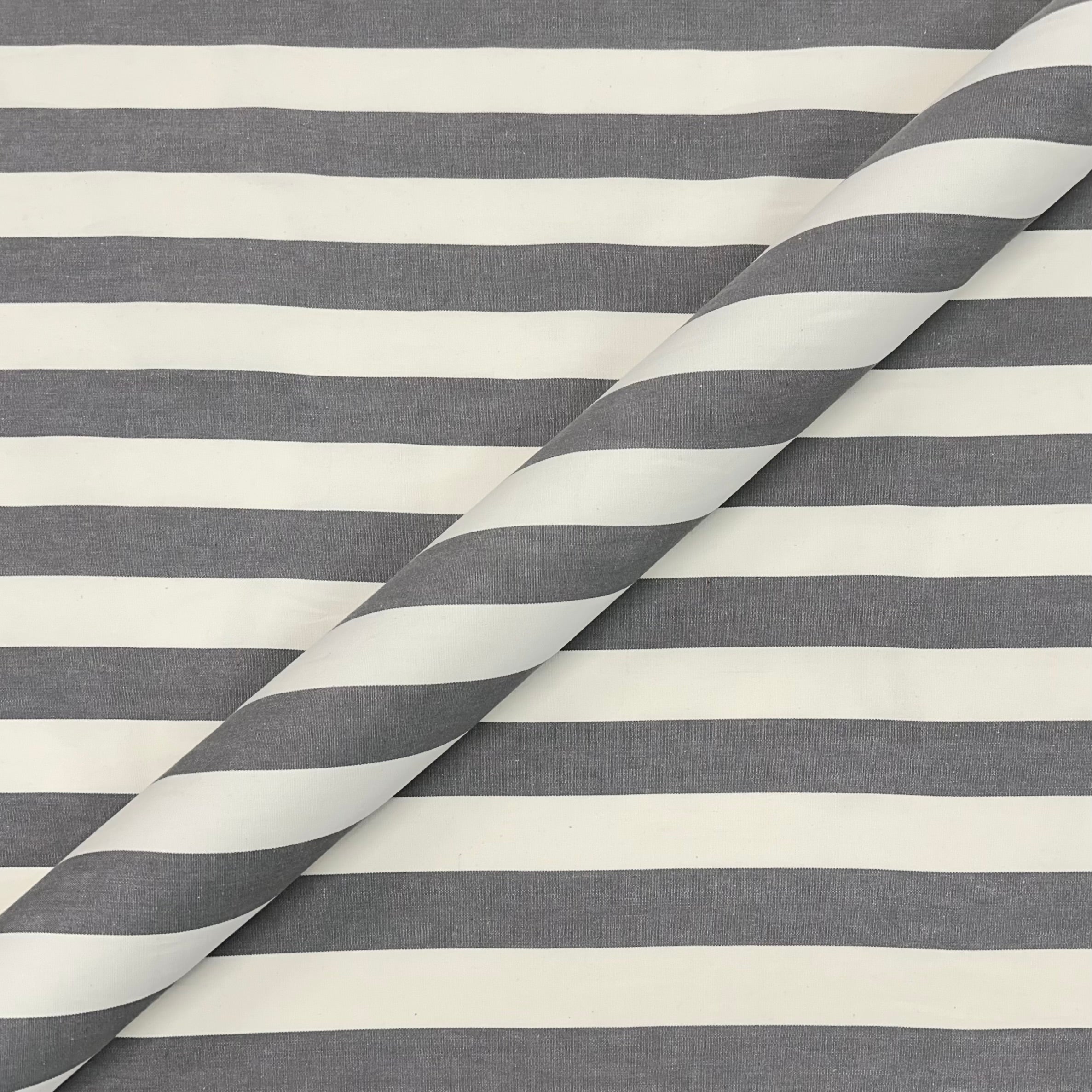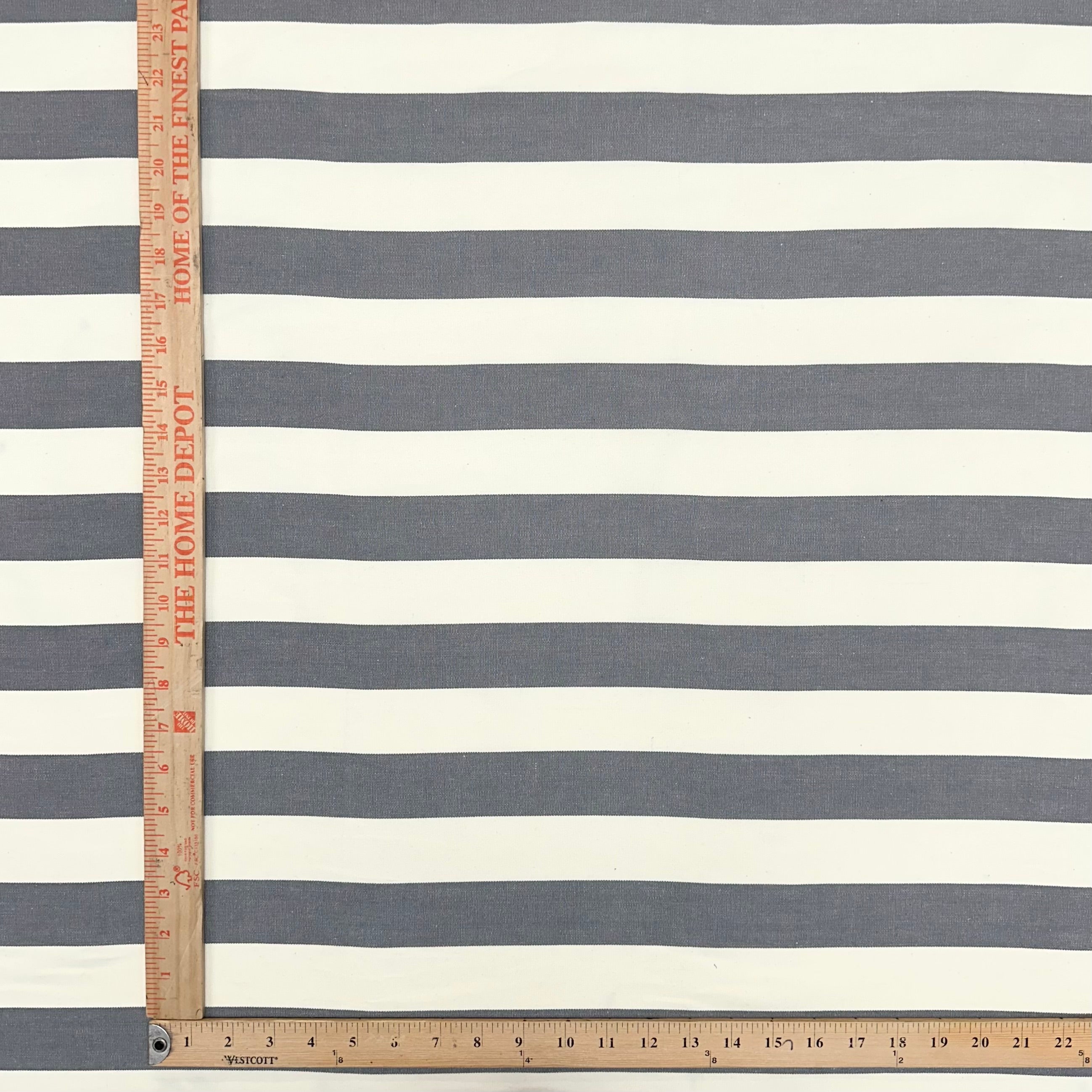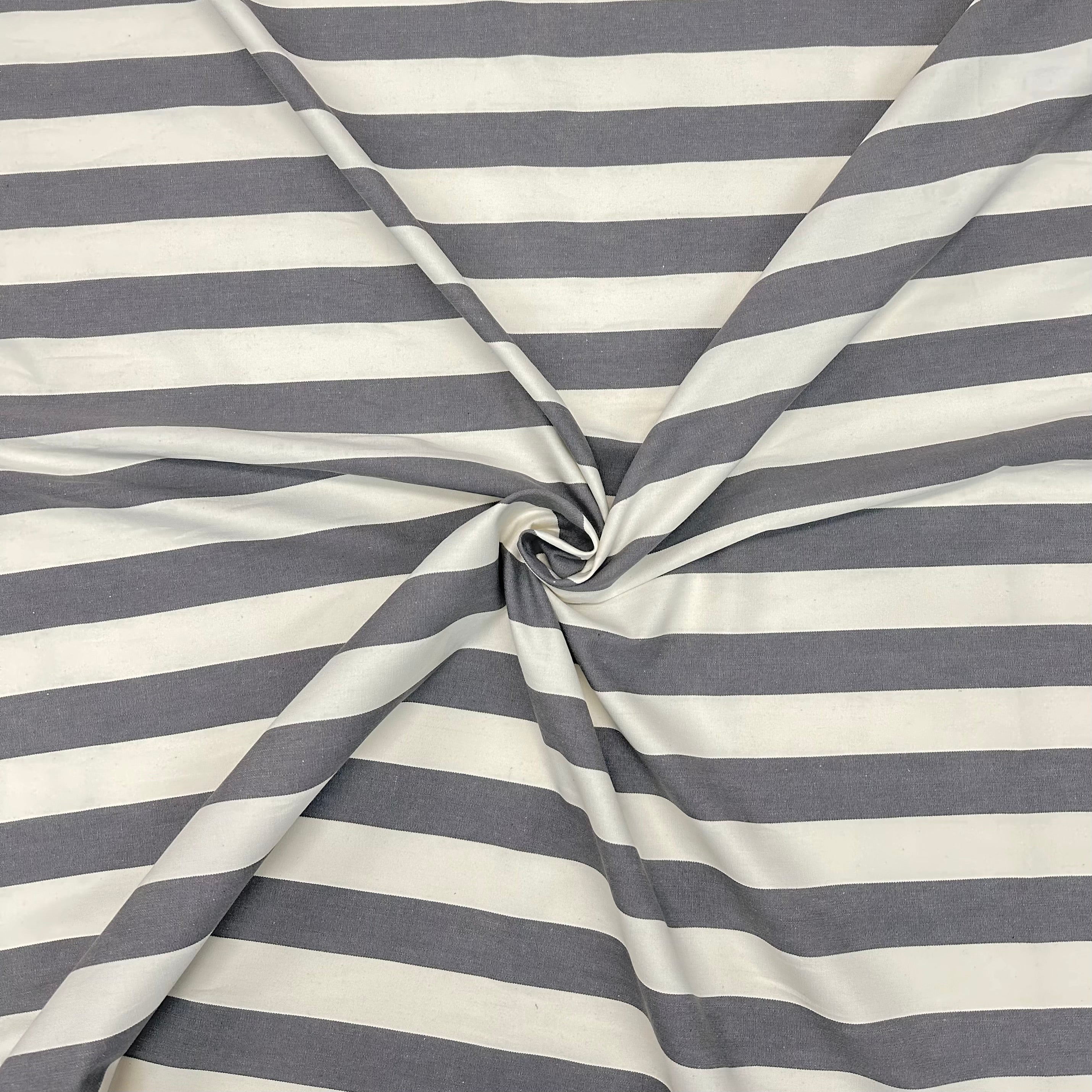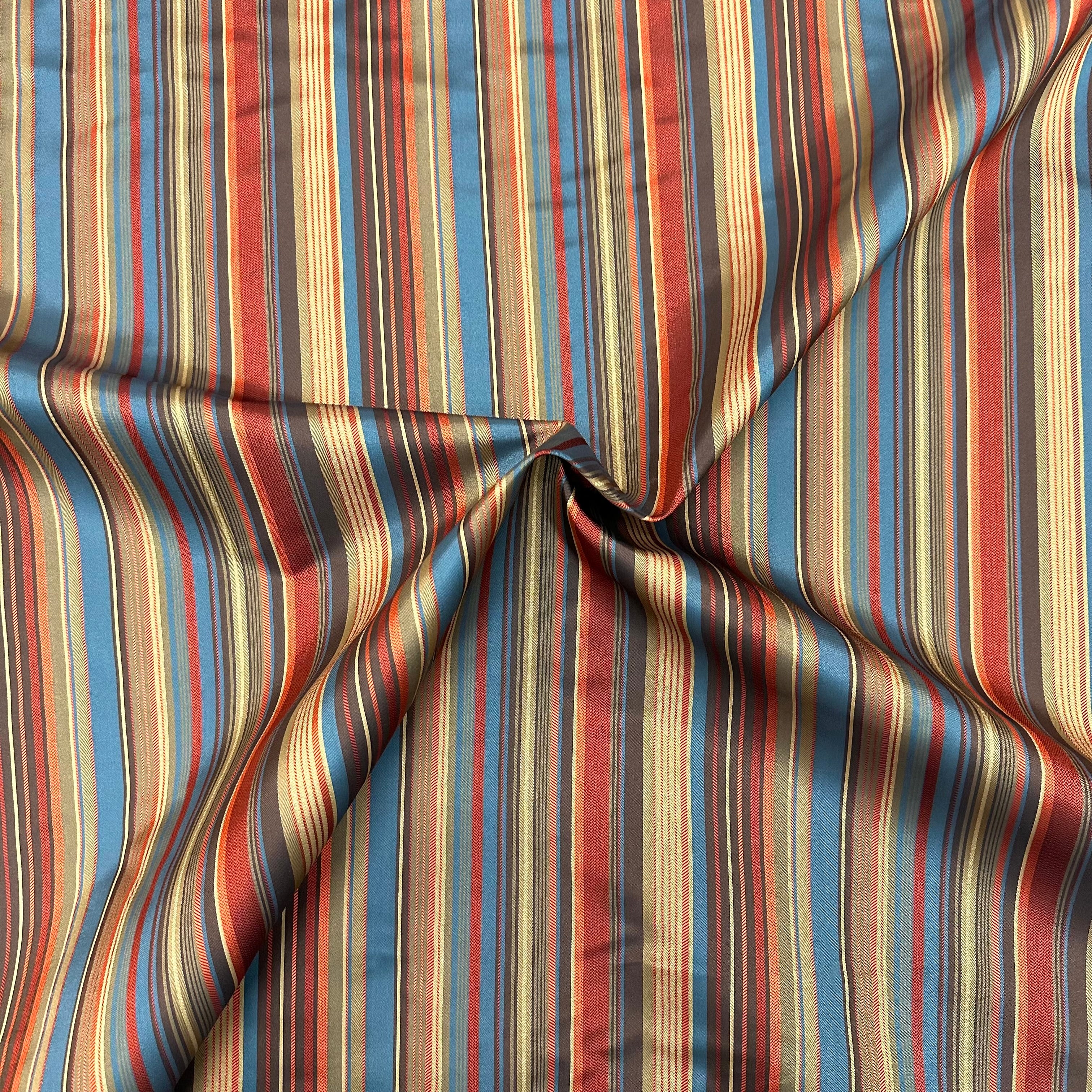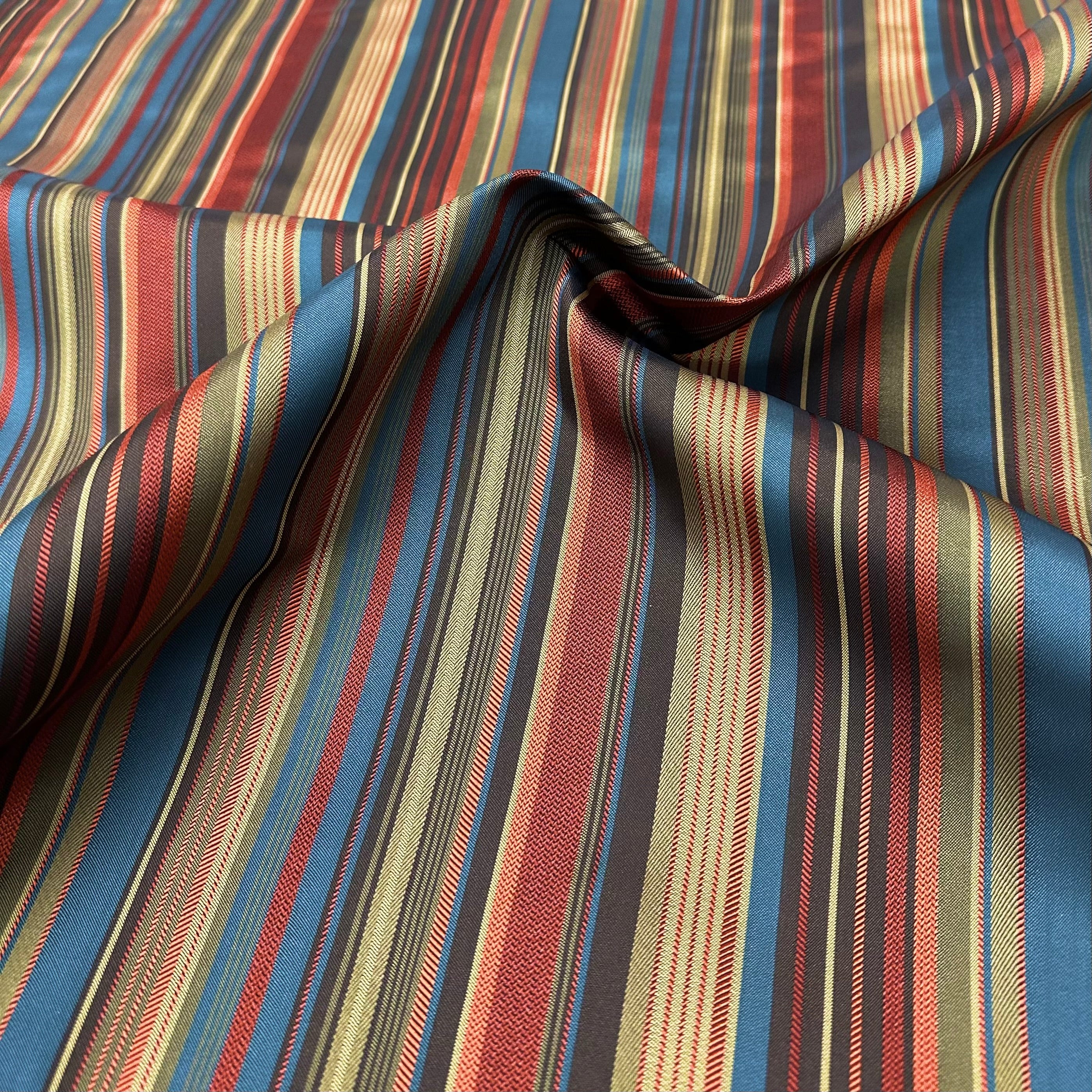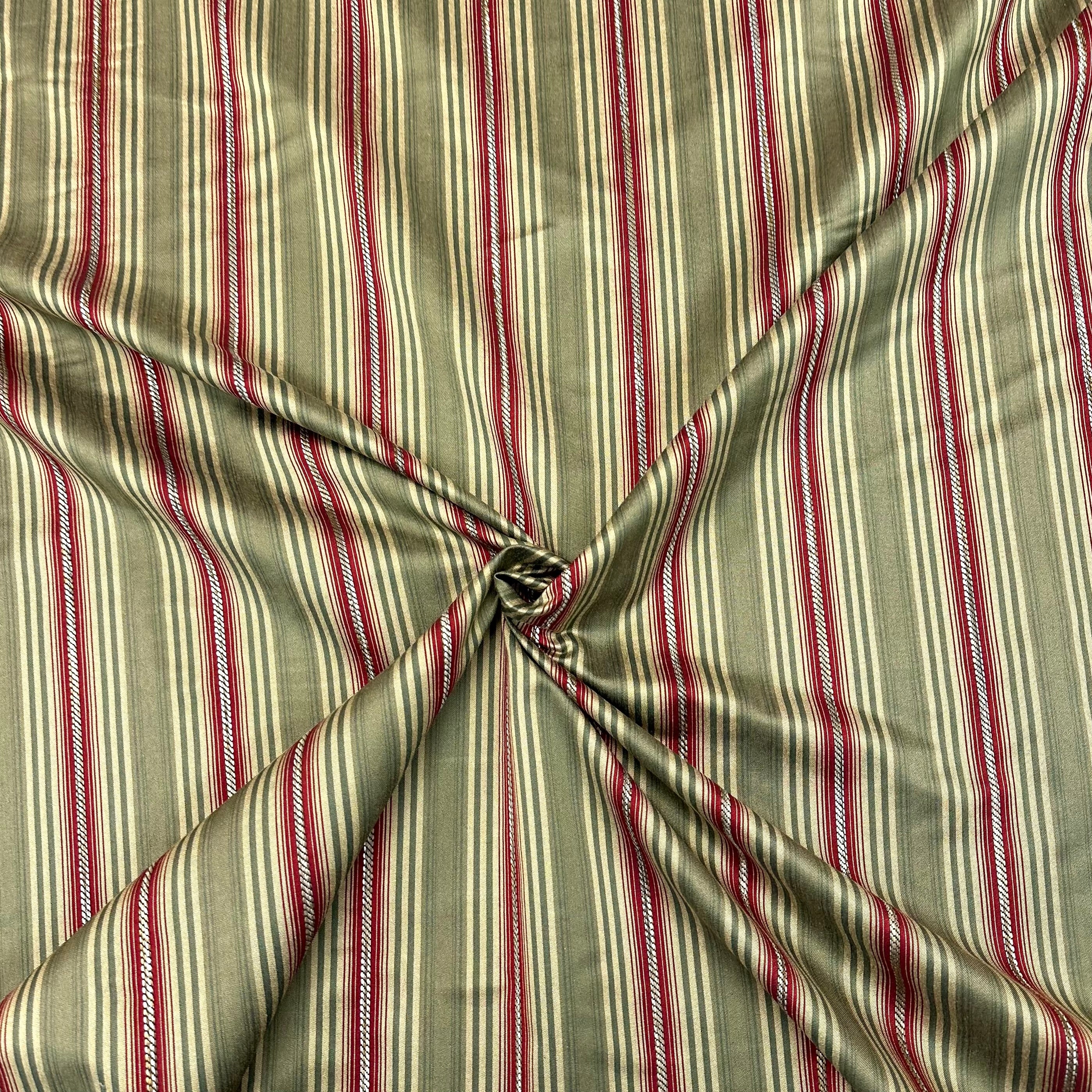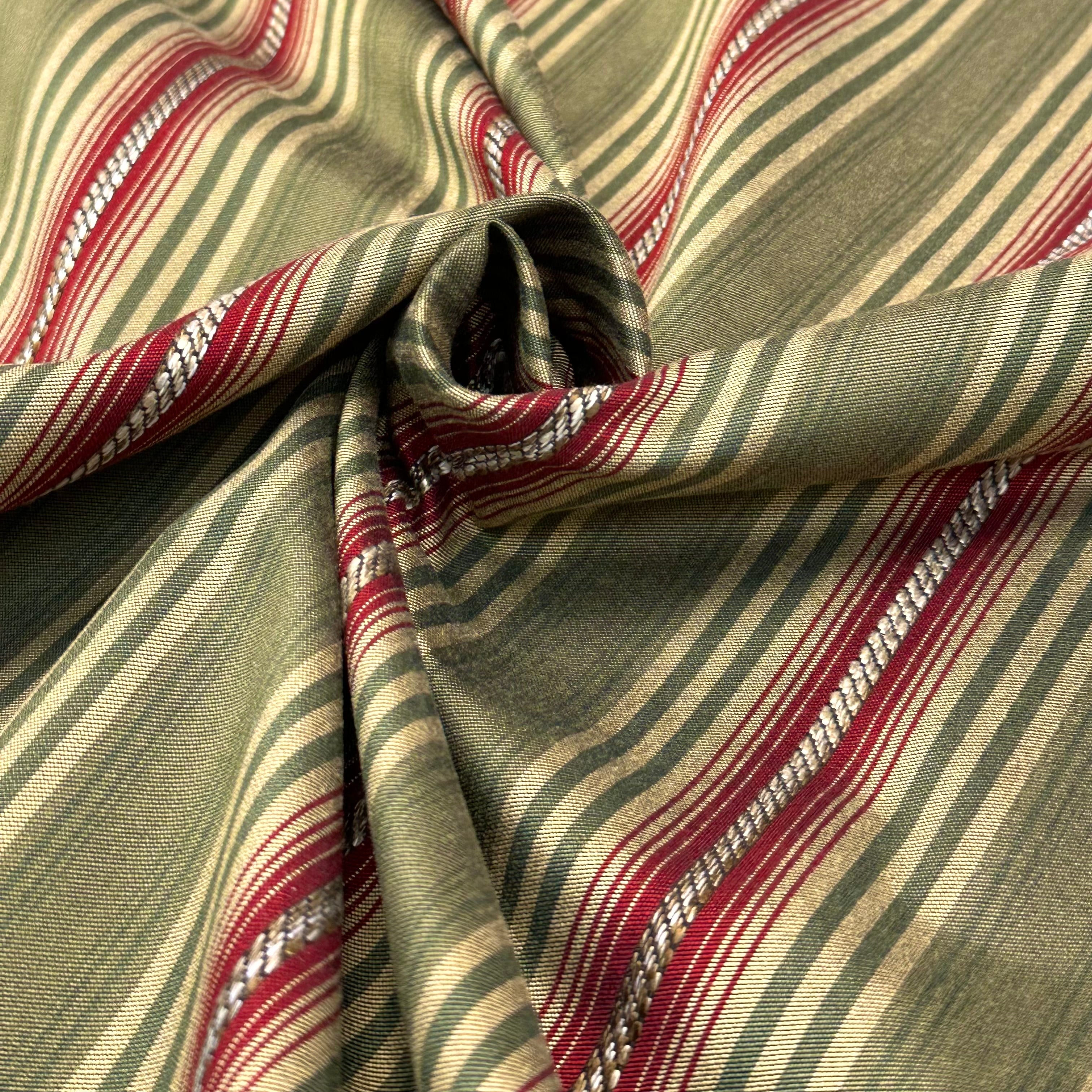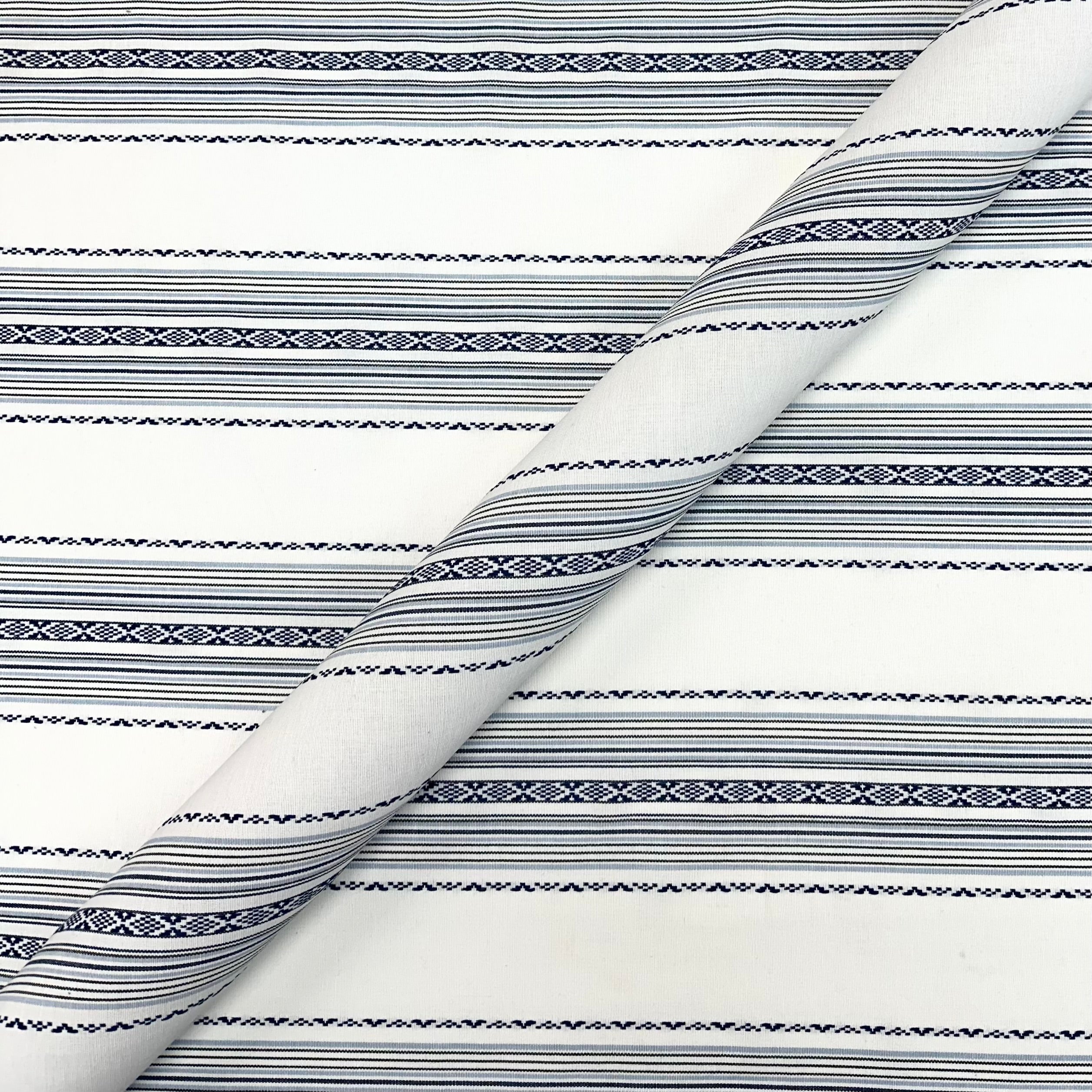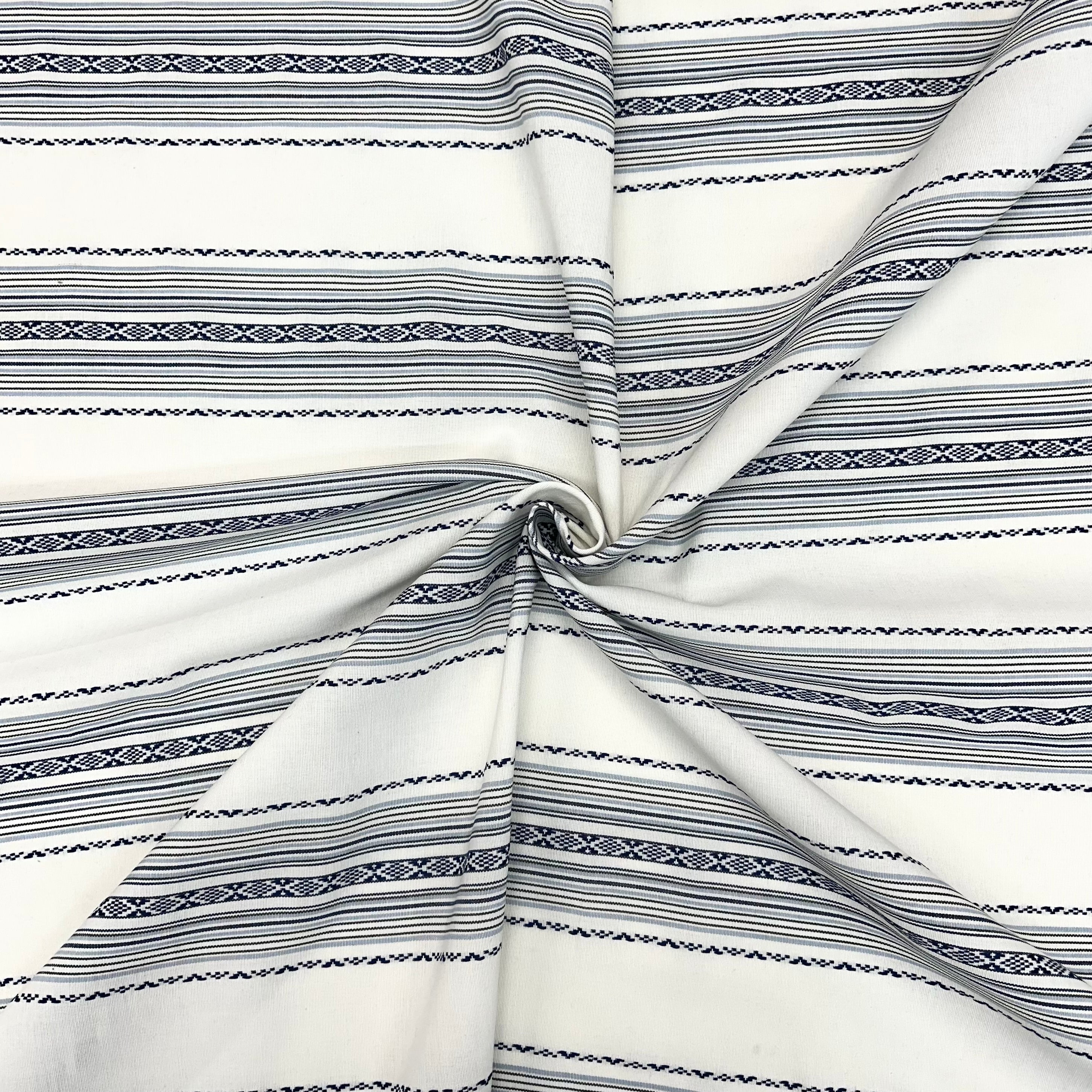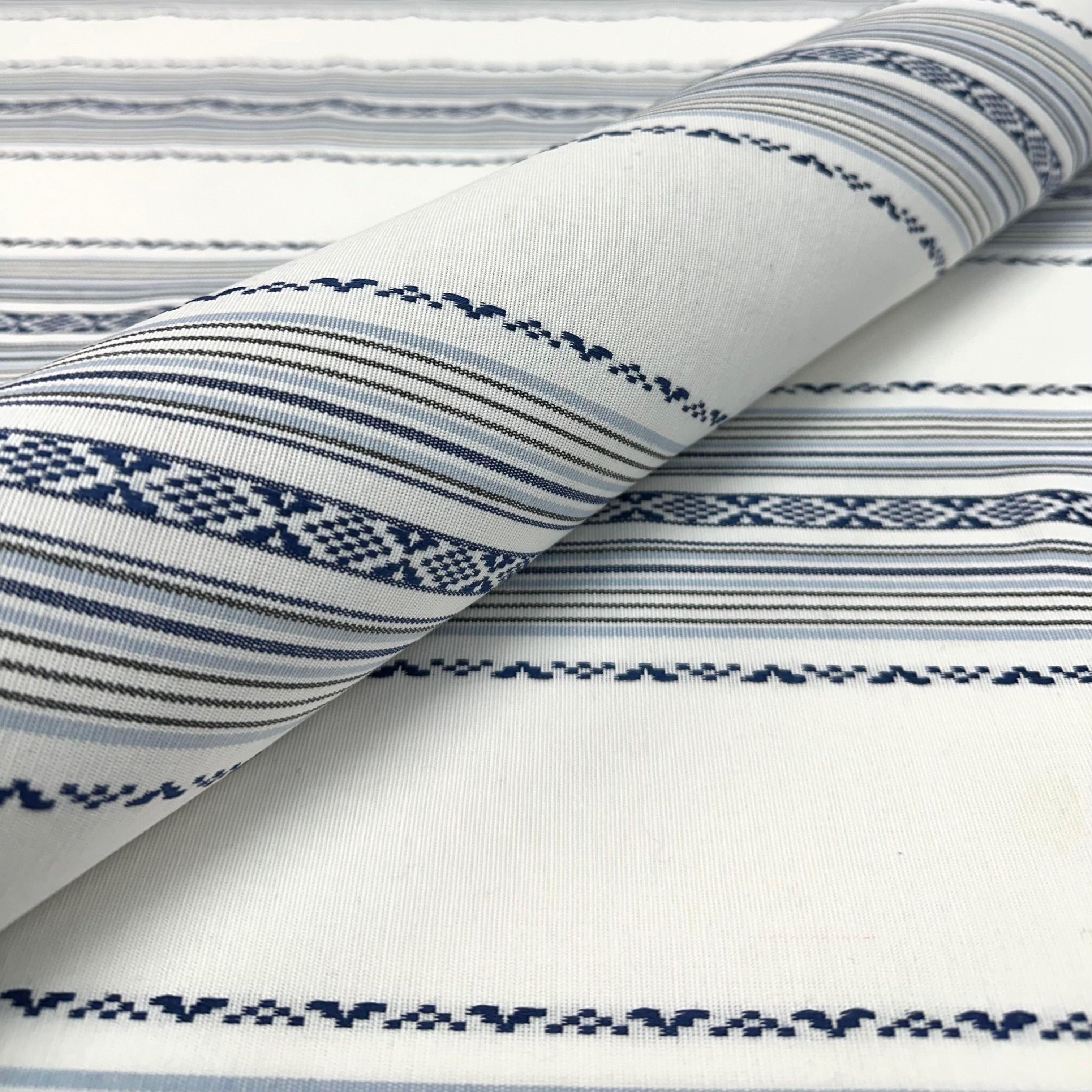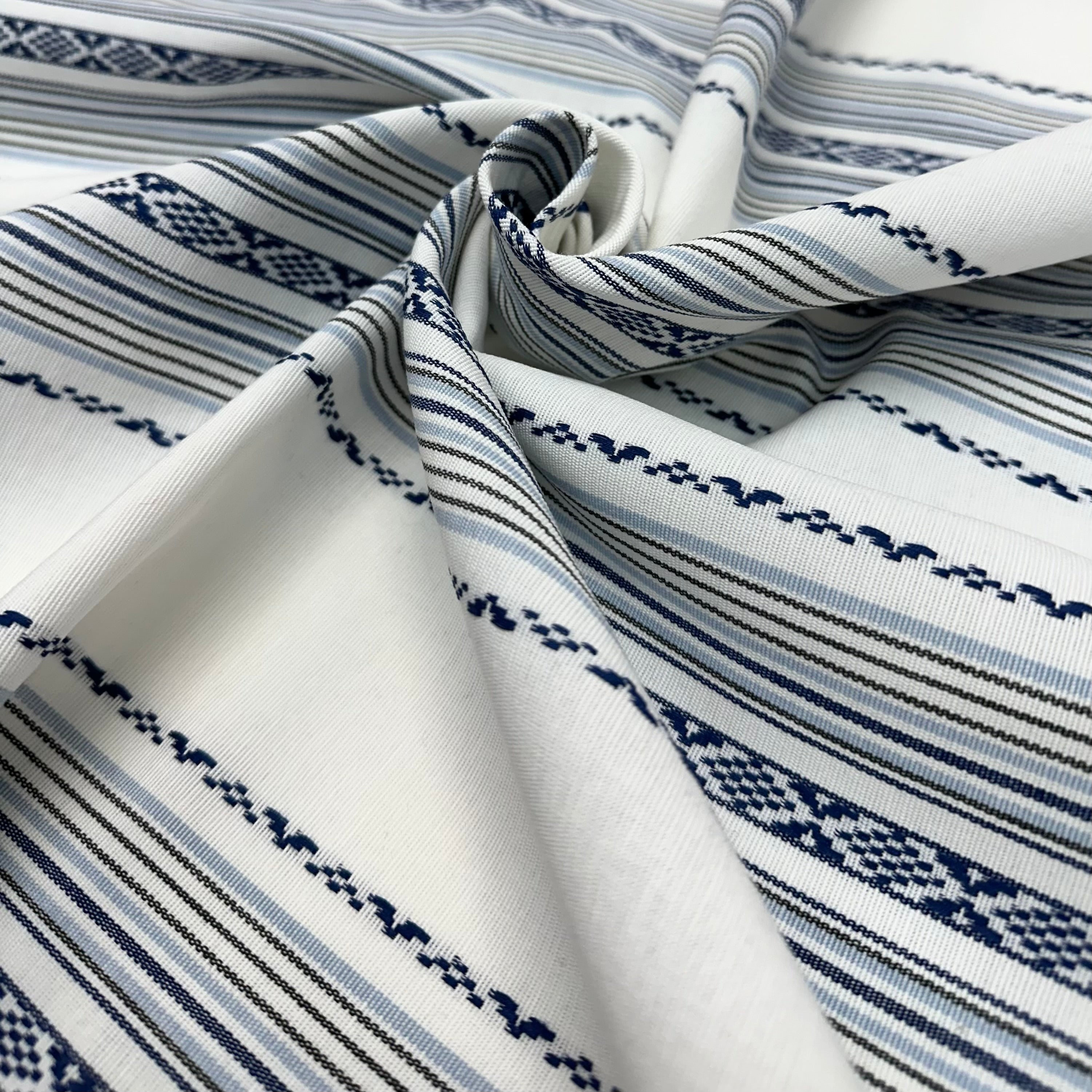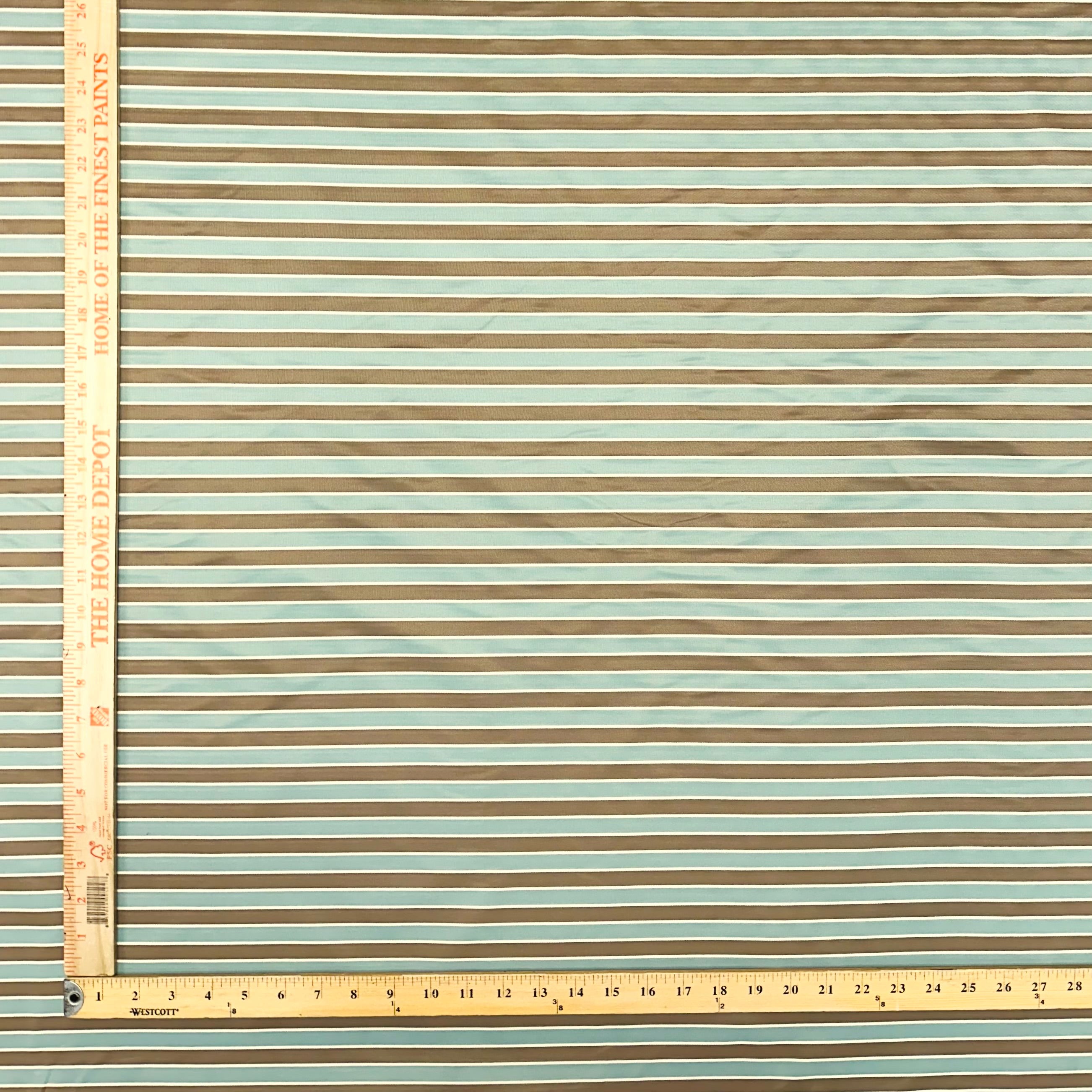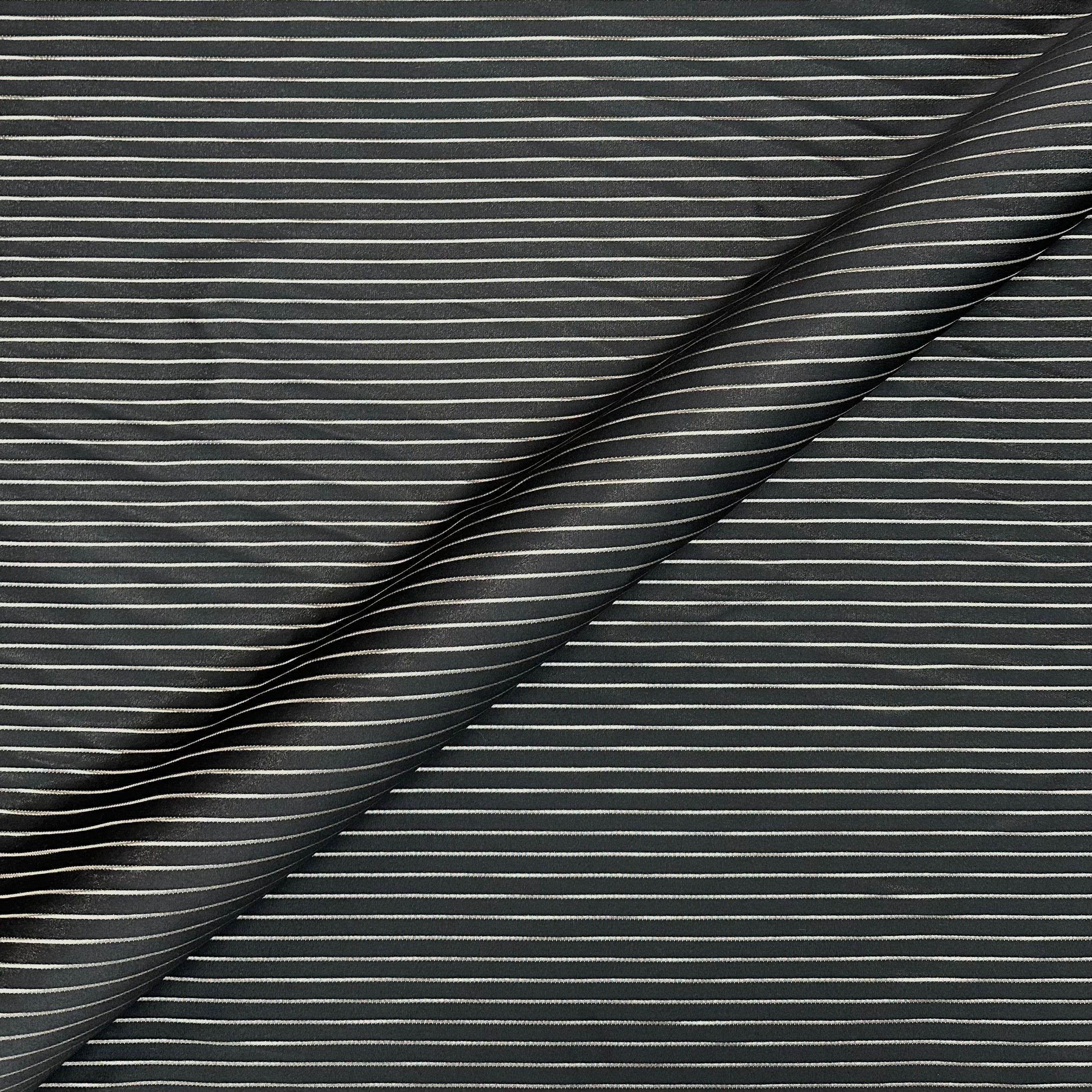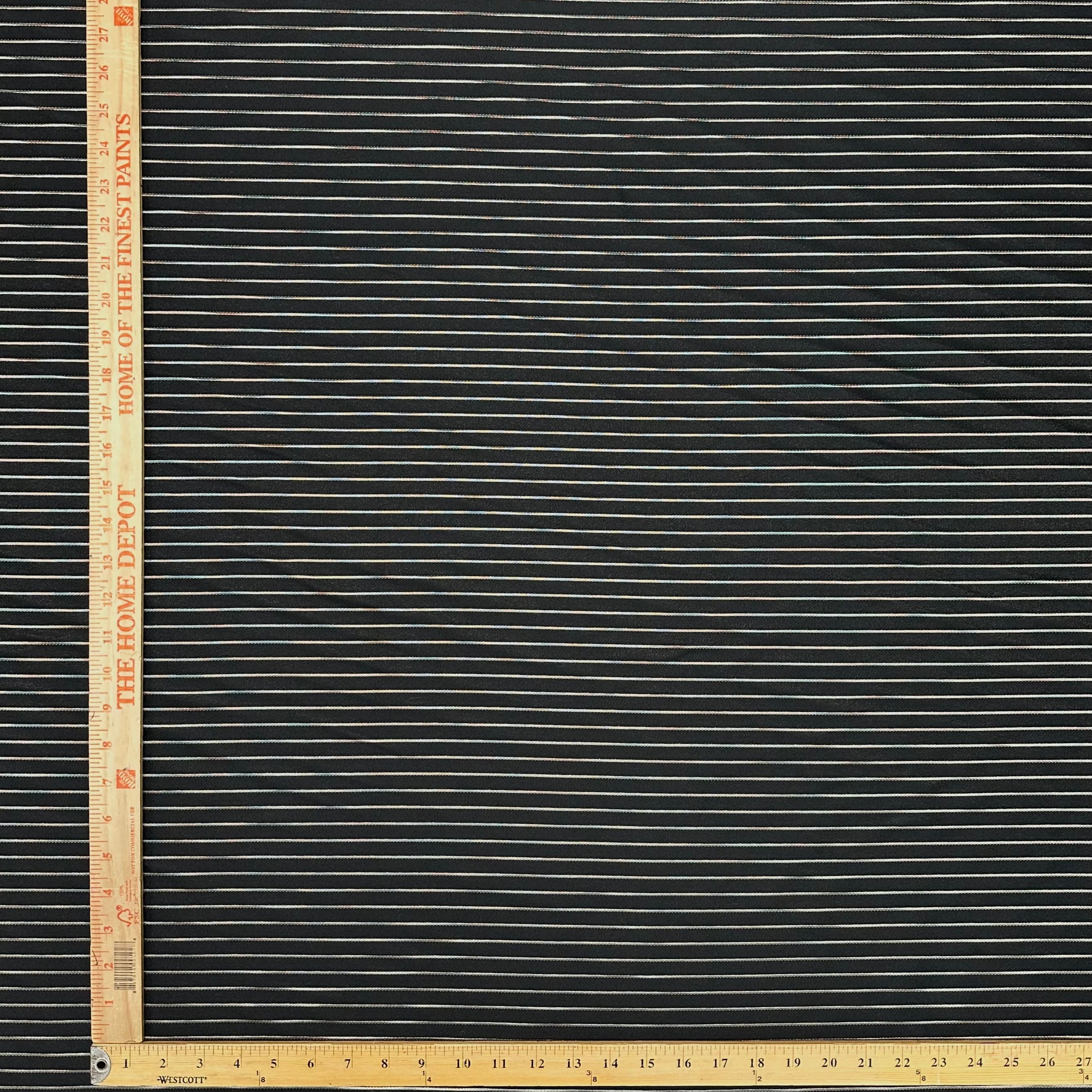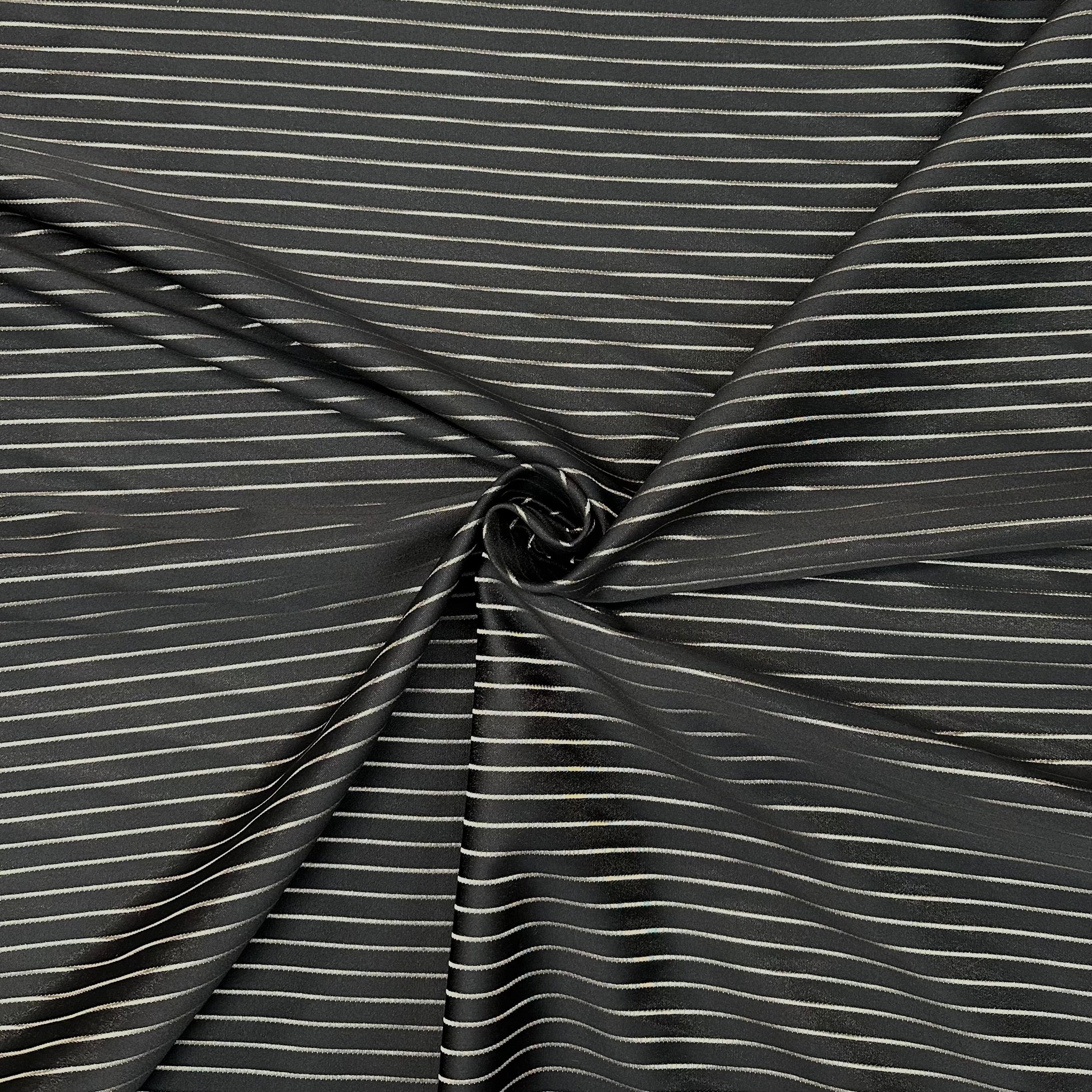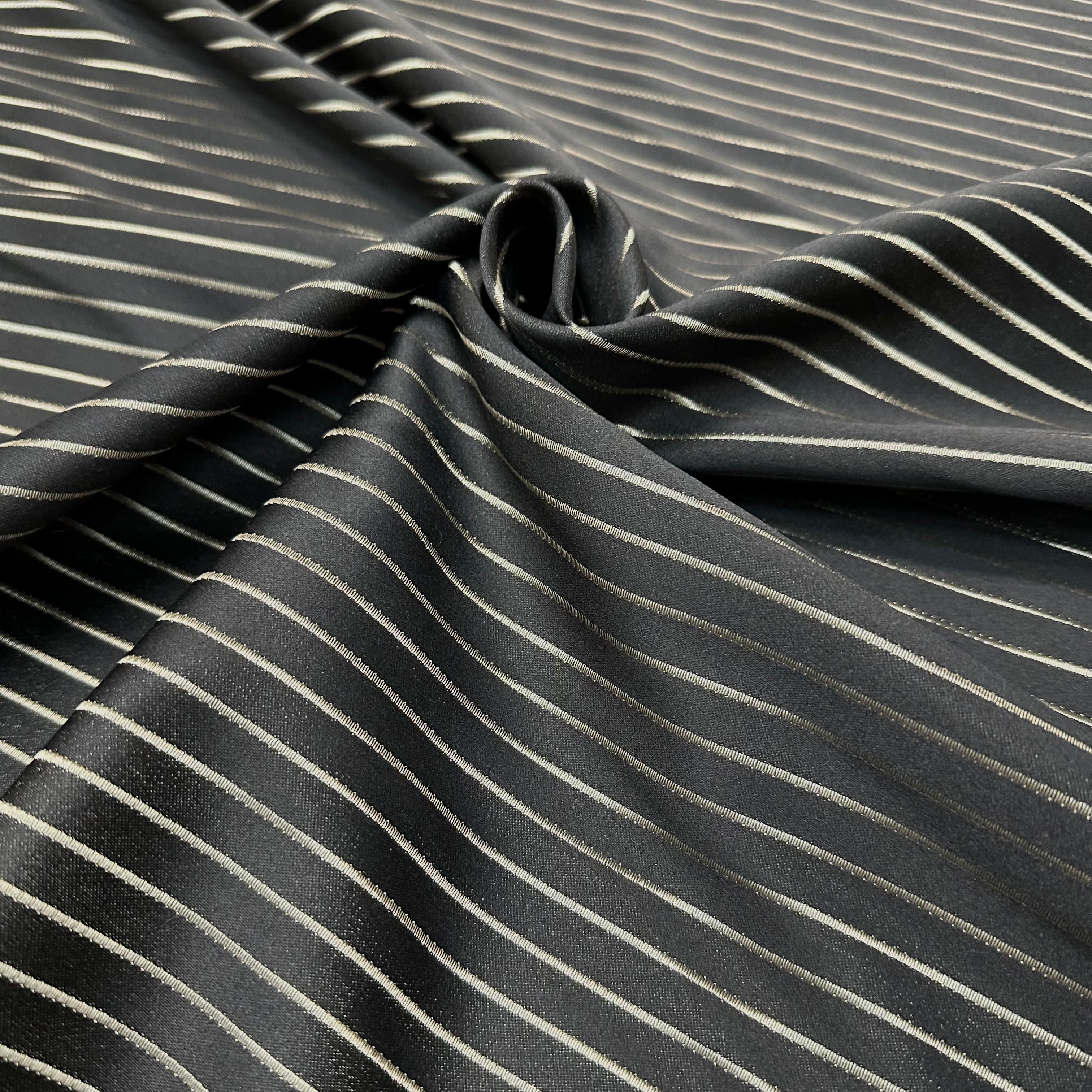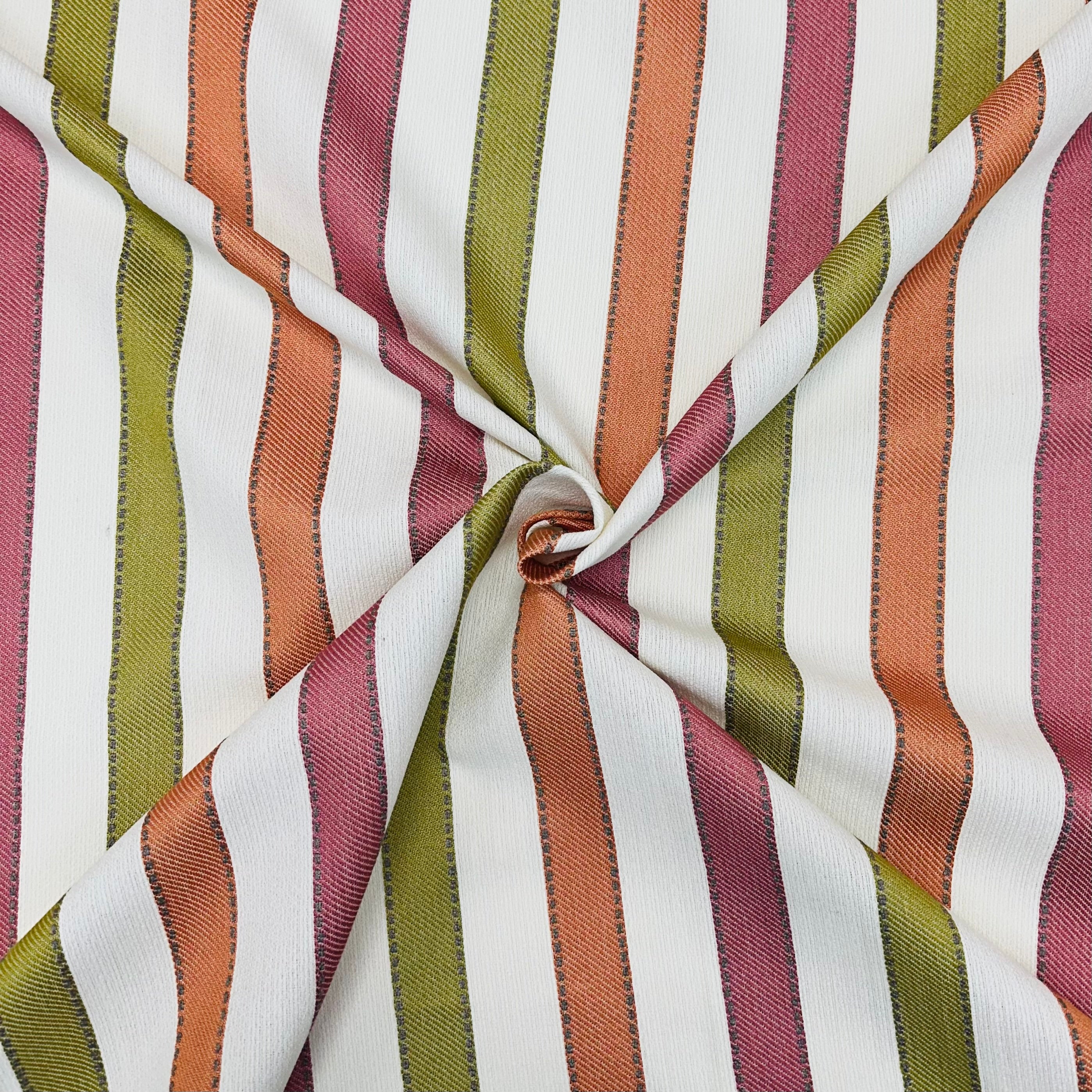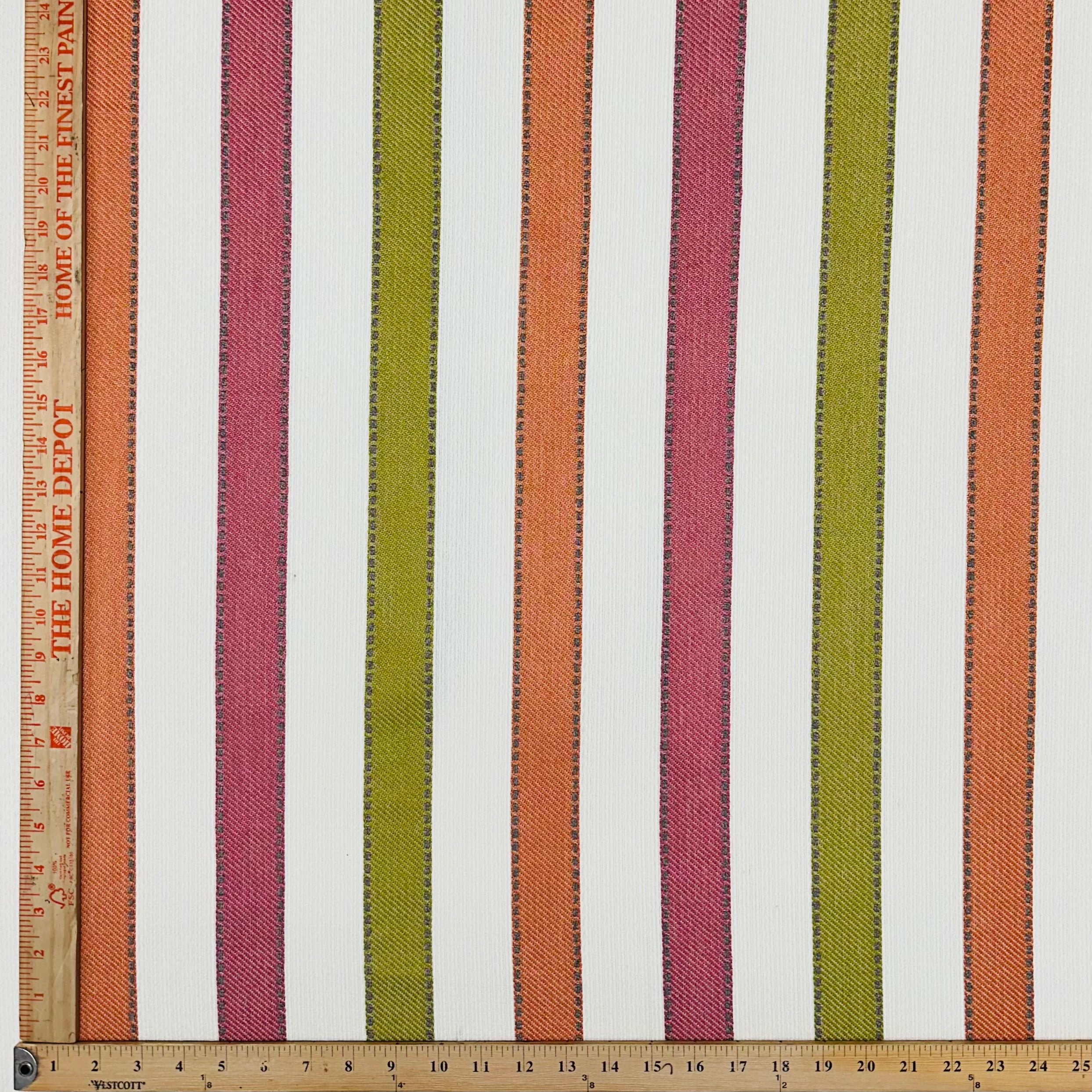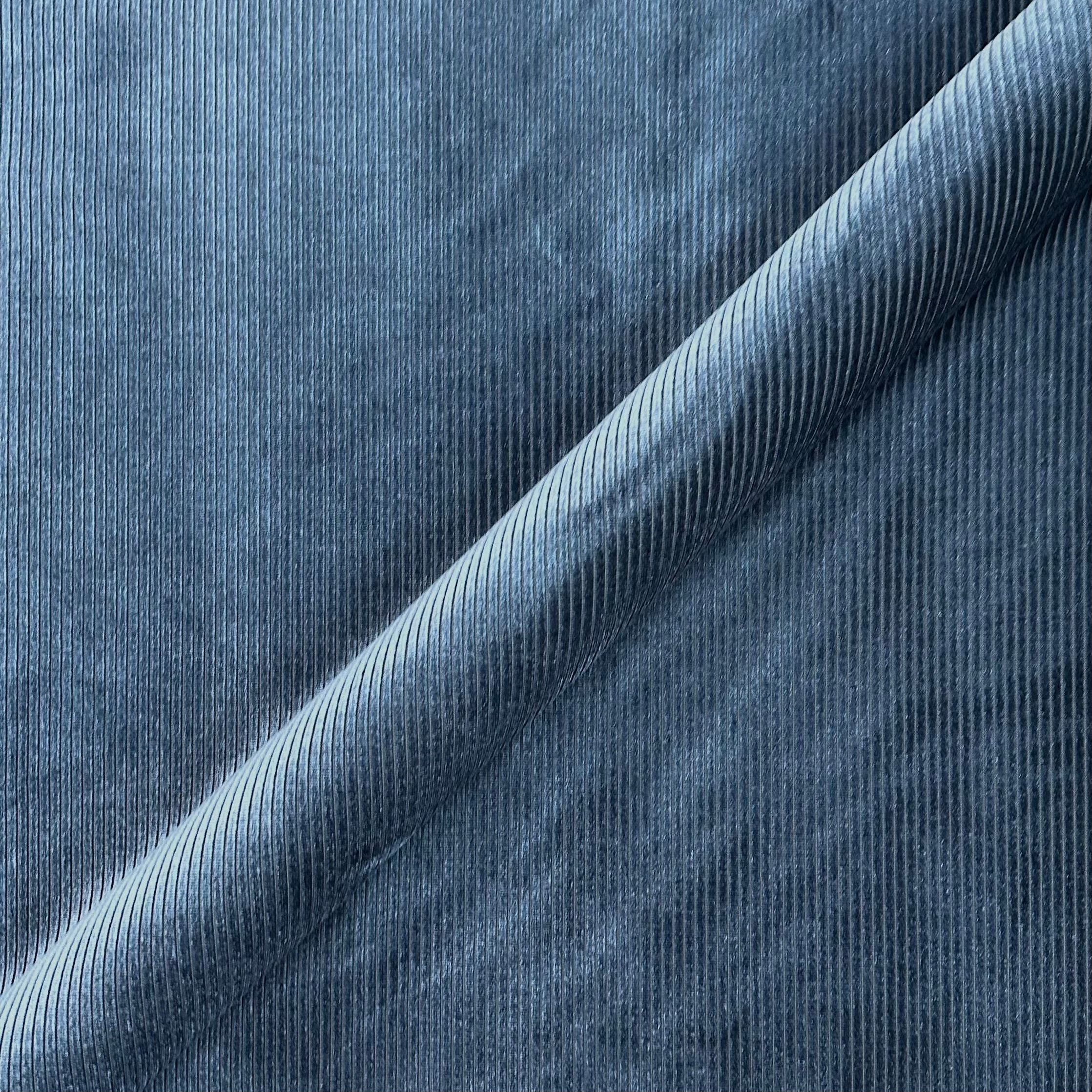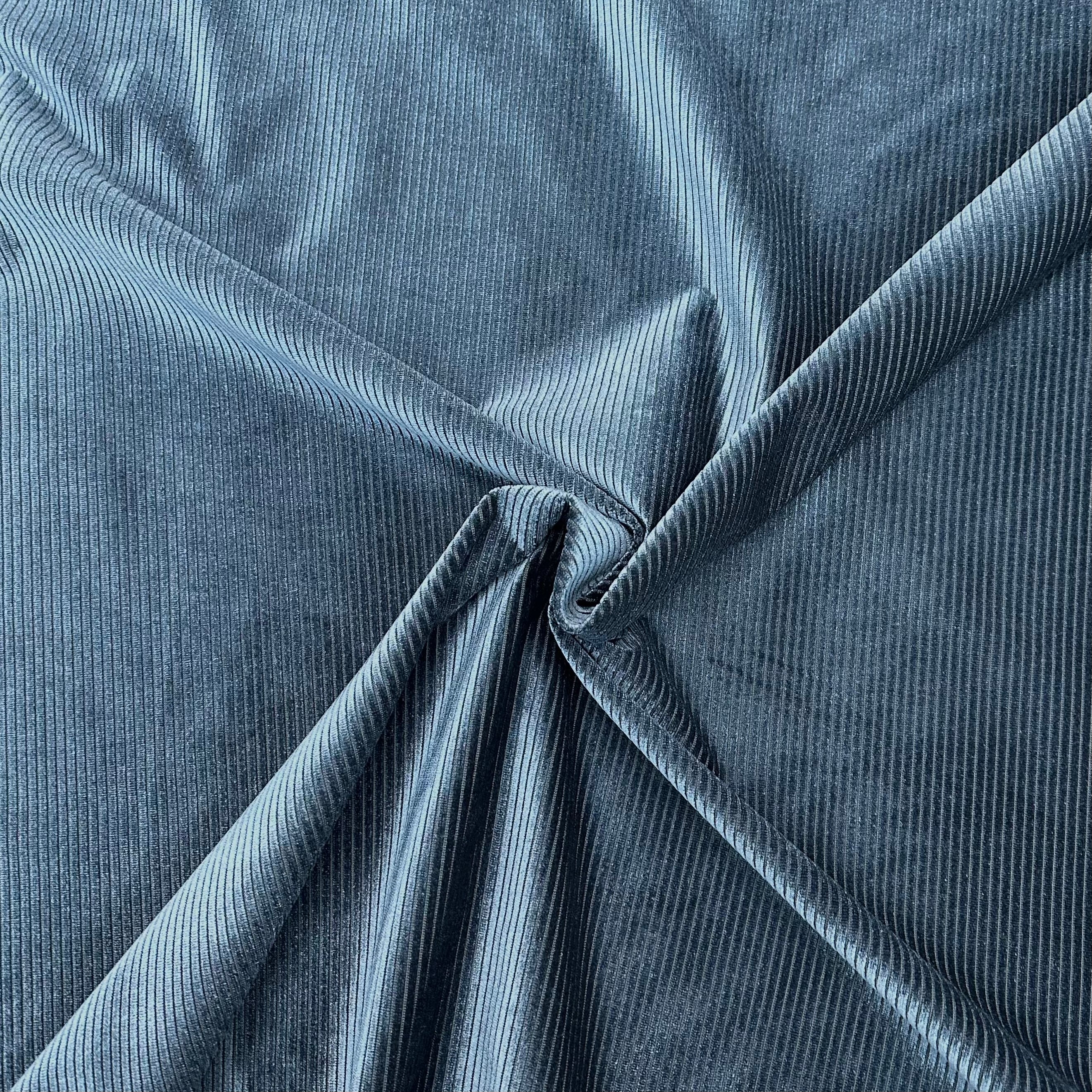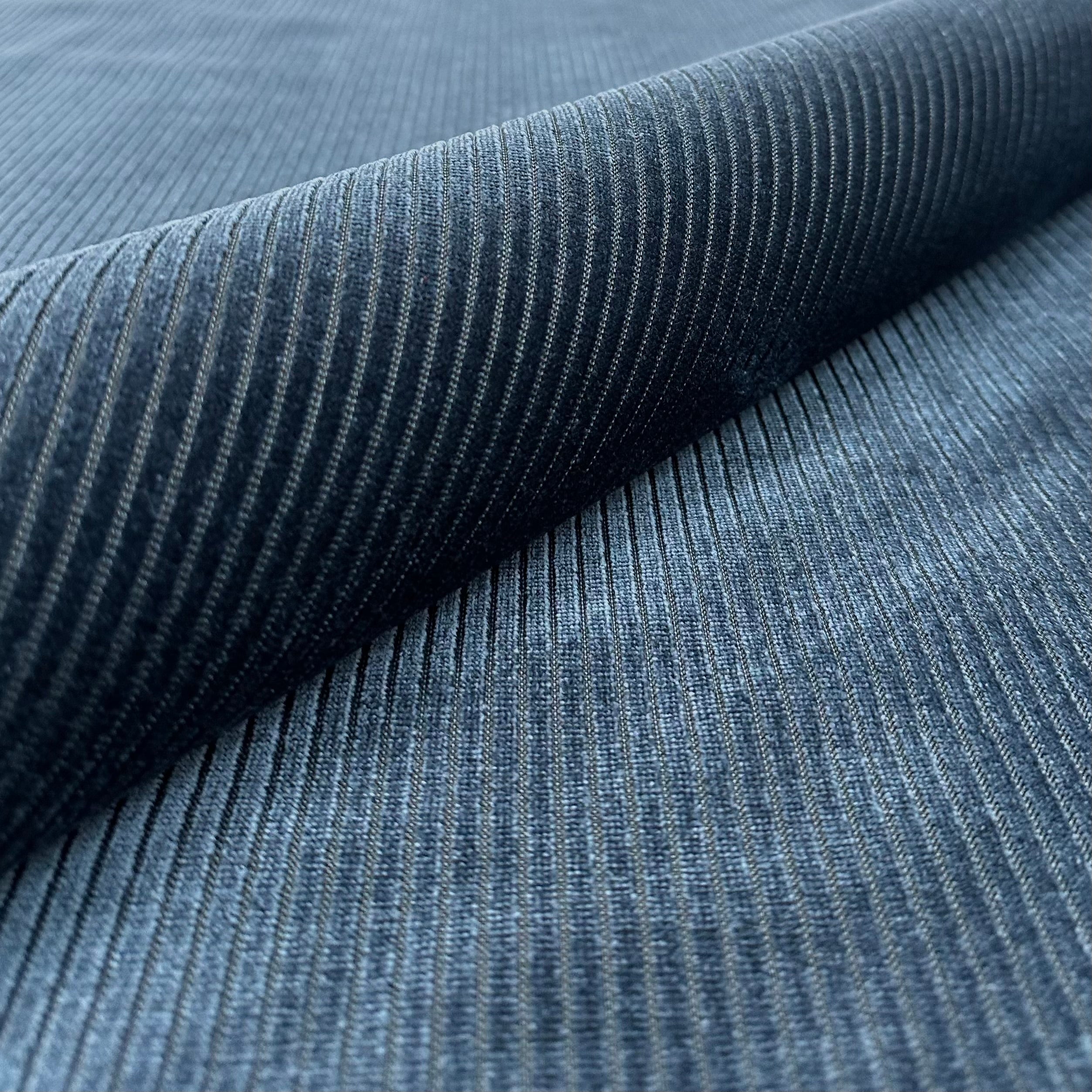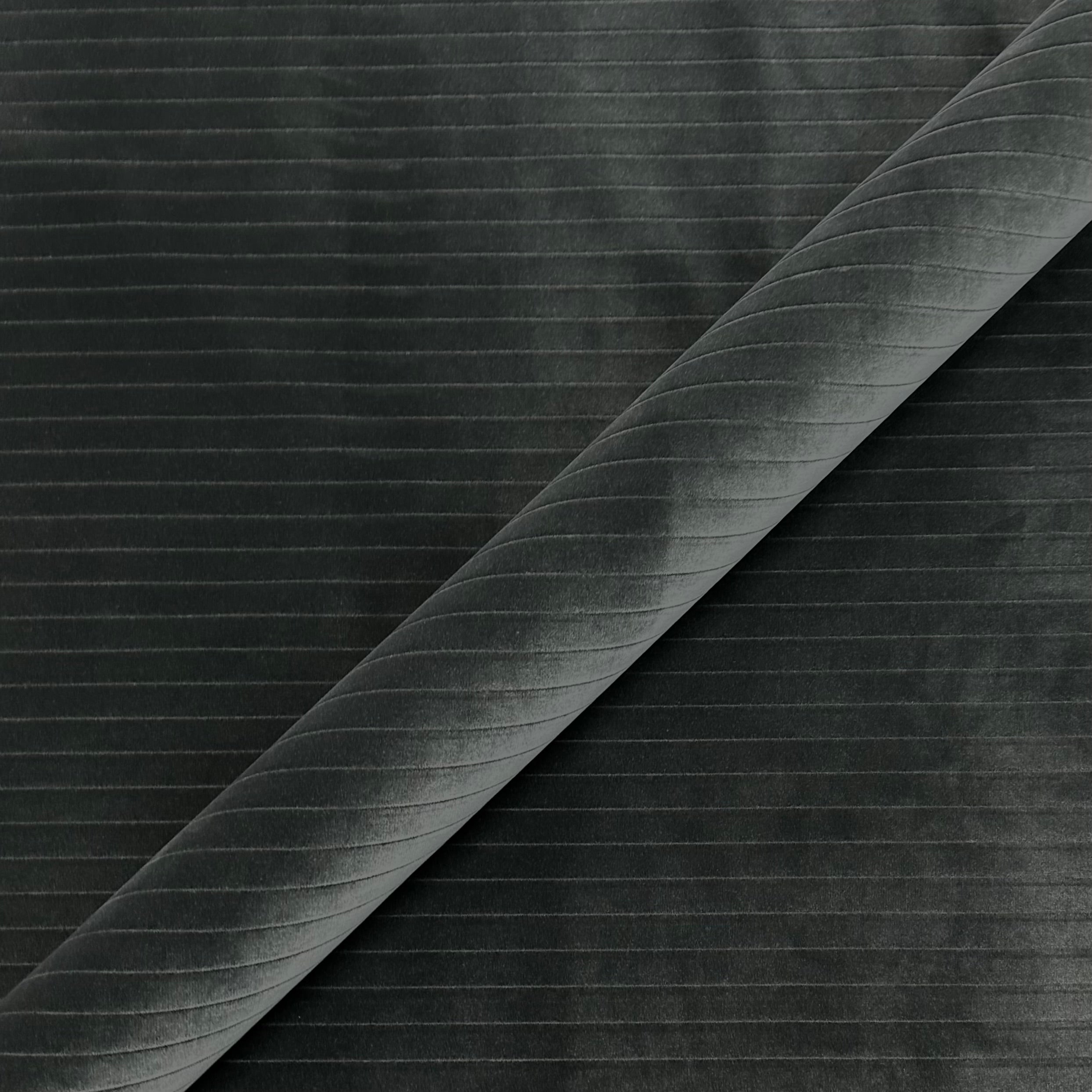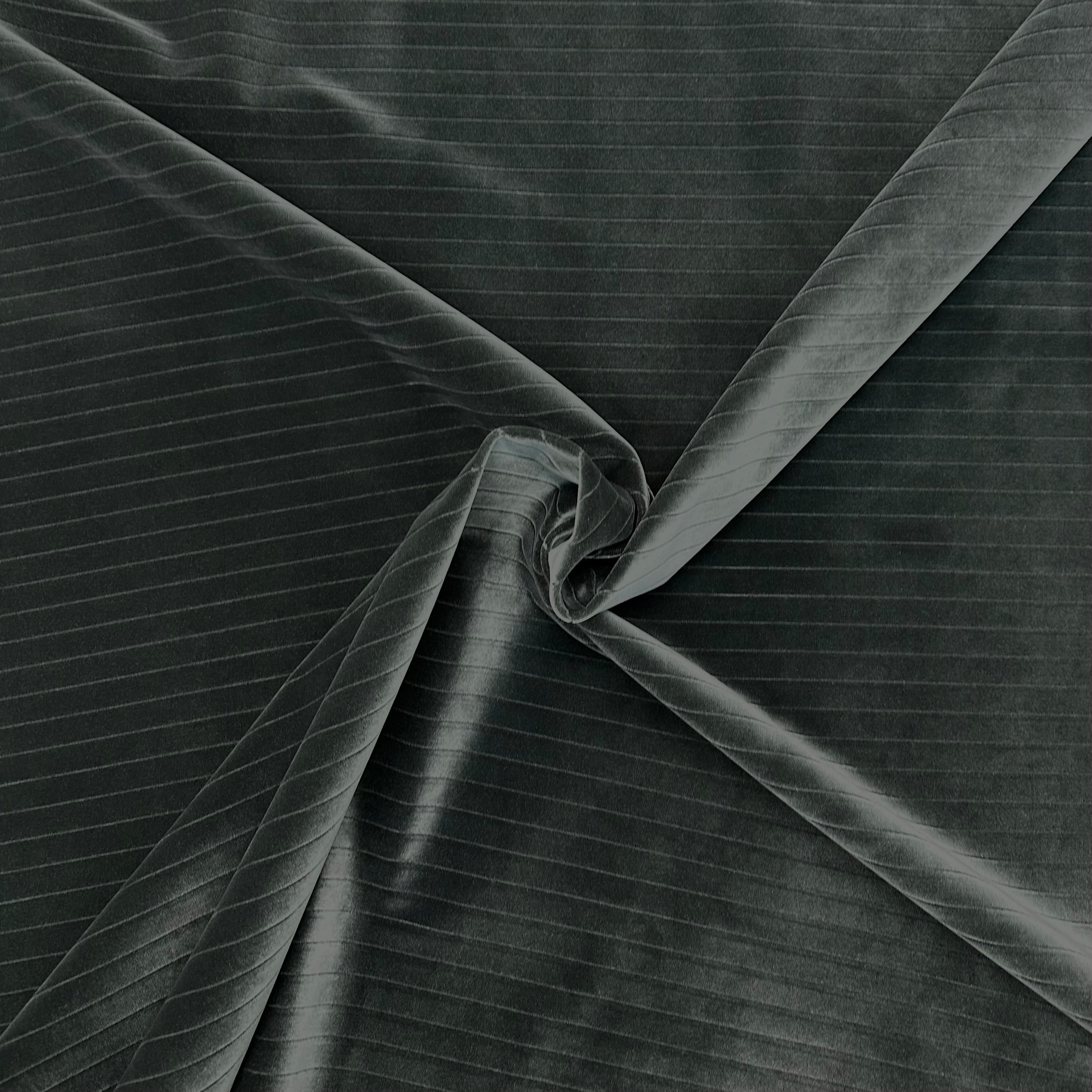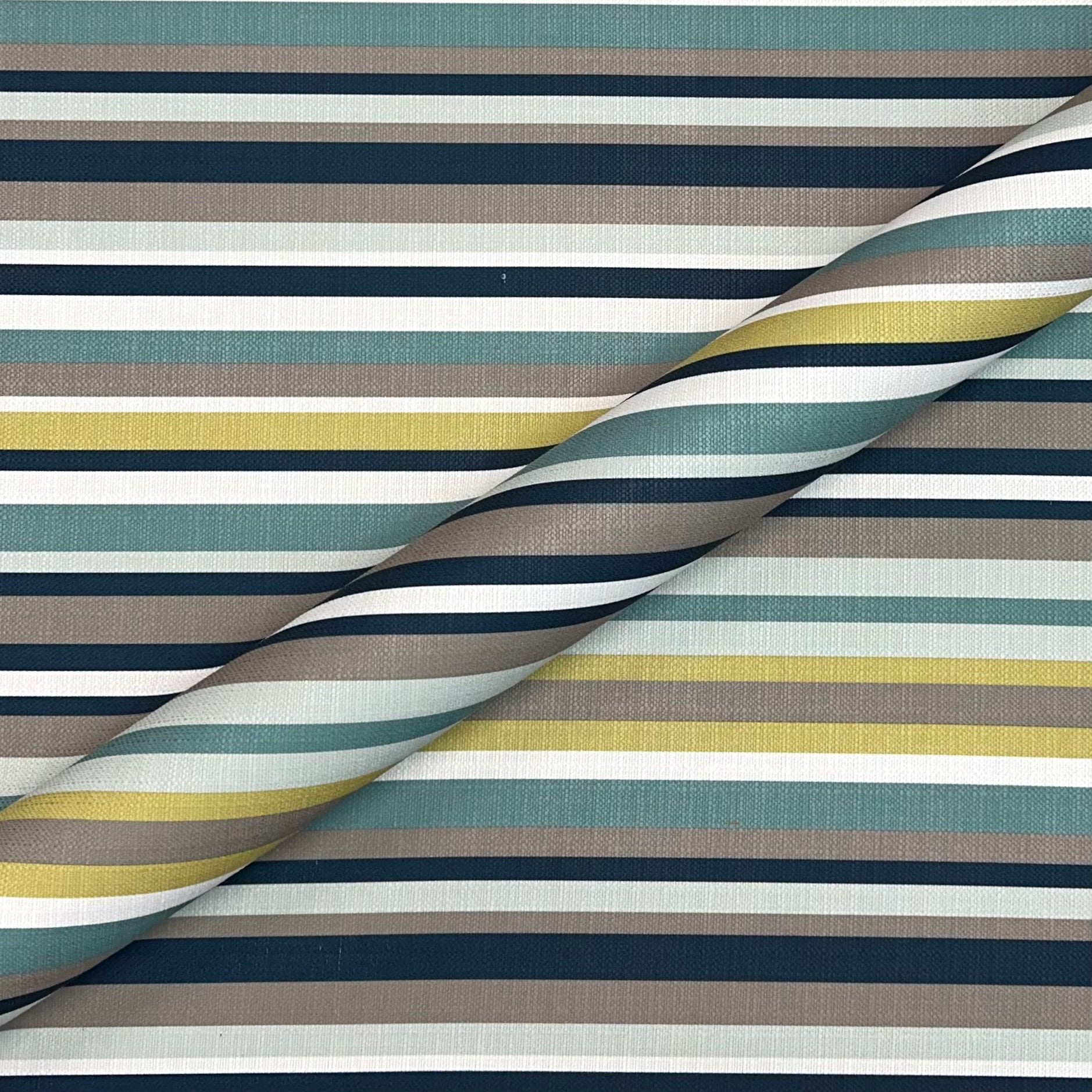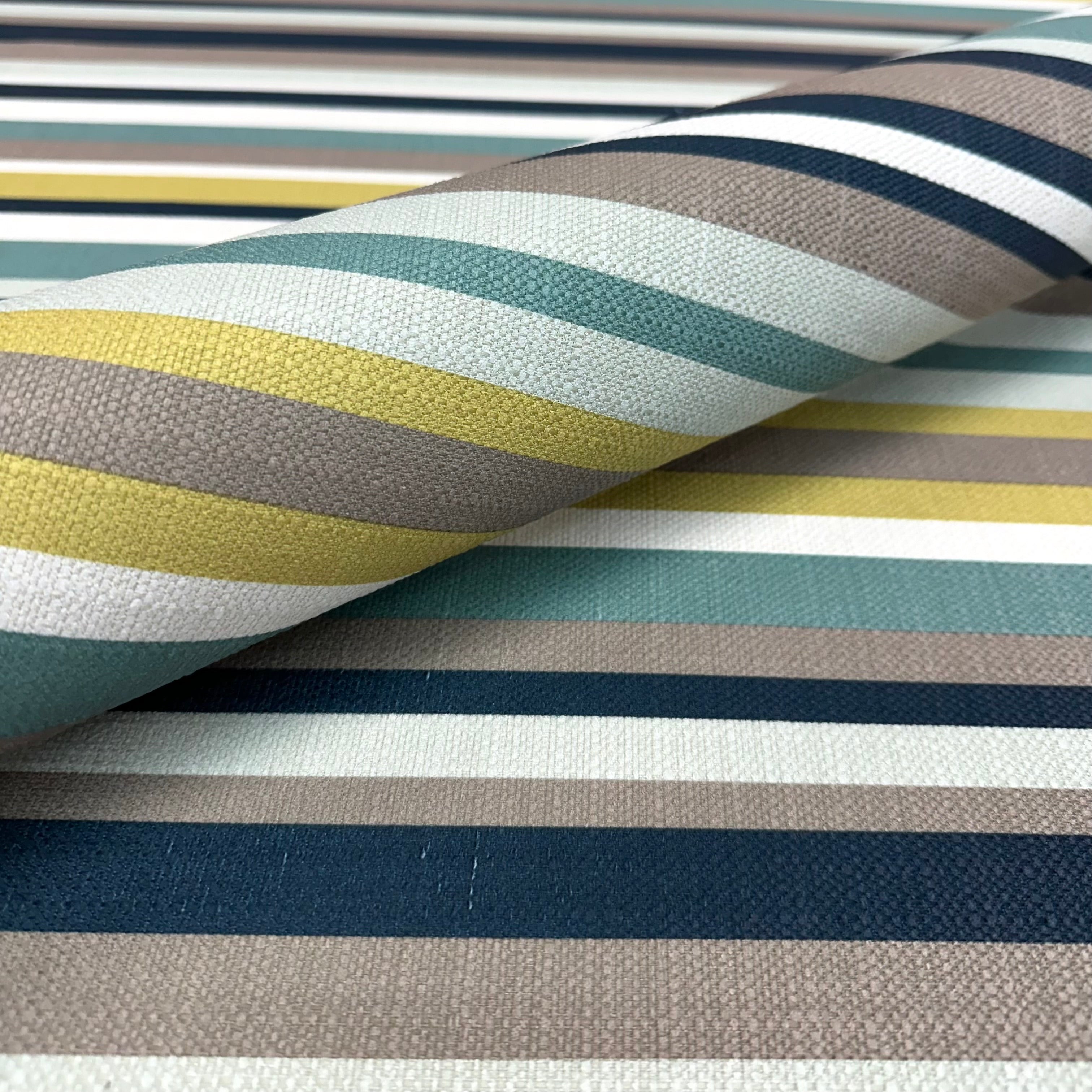Striped Upholstery Fabric
Striped Upholstery Fabric: Designing with Classic Patterns and Modern Flair
When planning a room, choosing the right fabric is about balancing style, function, and comfort. Striped upholstery fabric offers a unique opportunity to introduce pattern without overwhelming a space. Unlike busy prints or solid colors that might fall flat, stripes deliver a sense of structure and movement that can define your entire design.
Stripes are classic for a reason. They feel familiar yet fresh, formal yet relaxed, depending on how you use them. Vertical, horizontal, wide, or narrow—these choices create very different moods. Vertical stripe textiles in particular can add height and drama to furniture pieces, subtly guiding the eye and giving a room added dimension.
The beauty of stripes lies in their versatility. They can adapt to nearly any style, from coastal cottages to sleek urban lofts, adding interest and personality without sacrificing comfort.
The Timeless Appeal of Stripes in Design
Stripes have been part of interior design for centuries. From traditional ticking fabrics on country chairs to bold Art Deco patterns, striped upholstery fabric has always had a role in shaping style.
Stripes suggest order and rhythm. They can create a sense of calm through repetition, or add dynamic energy depending on color and scale. Wide stripes often feel bold and confident, while narrow pinstripes lend a refined, understated look.
Vertical stripe textiles bring an added layer of sophistication. Their linear quality can make furniture appear taller or slimmer, working particularly well on high-back chairs, headboards, and benches.
Using Stripes to Define a Room’s Character
One of the greatest strengths of striped upholstery fabric is its ability to set the tone for a room. Bright, contrasting stripes can introduce playfulness in casual spaces, while neutral or monochromatic stripes bring quiet elegance to formal settings.
Stripes also help break up solid blocks of color, adding interest without the complexity of floral or geometric prints. This is ideal if you want a pattern that’s lively but not overly busy.
For those who appreciate subtle detail, vertical stripe textiles can be a restrained way to introduce pattern while keeping the overall palette calm and cohesive.
Pairing Stripes with Other Patterns
Many people think patterns clash, but striped upholstery fabric is actually one of the easiest to mix. Stripes serve as a grounding element that can balance bolder designs.
You might pair vertical stripes with small-scale florals, textured solids, or even other stripe widths for a layered, curated look. The key is to maintain a consistent color palette so the patterns feel connected rather than chaotic.
This flexibility makes stripes perfect for people who like to evolve their décor over time. Updating accent pillows, rugs, or art can change the whole feel without replacing your main upholstered pieces.
Creating Balance with Color and Scale
Choosing the right striped upholstery fabric isn’t just about liking a pattern. Scale and color matter.
Wide stripes in bold colors make a strong statement and are best on simpler furniture shapes where they can shine without competition. Narrow stripes or tone-on-tone designs feel more refined and work well on detailed frames or tufted pieces.
Color plays an equally big role. Neutrals add sophistication, while contrasting colors energize a room. Earthy palettes can warm up modern spaces, while crisp navy and white stripes evoke coastal freshness.
Subtle Ways to Use Stripes
Not every use of striped upholstery fabric has to be bold. Narrow stripes in neutral colors can add sophistication without drawing attention.
Consider upholstering dining chairs in soft pinstripes, or adding a striped bench at the foot of the bed. These quiet details create texture and depth while maintaining an overall calm, inviting feel.


